Team

Senckenberg Görlitz 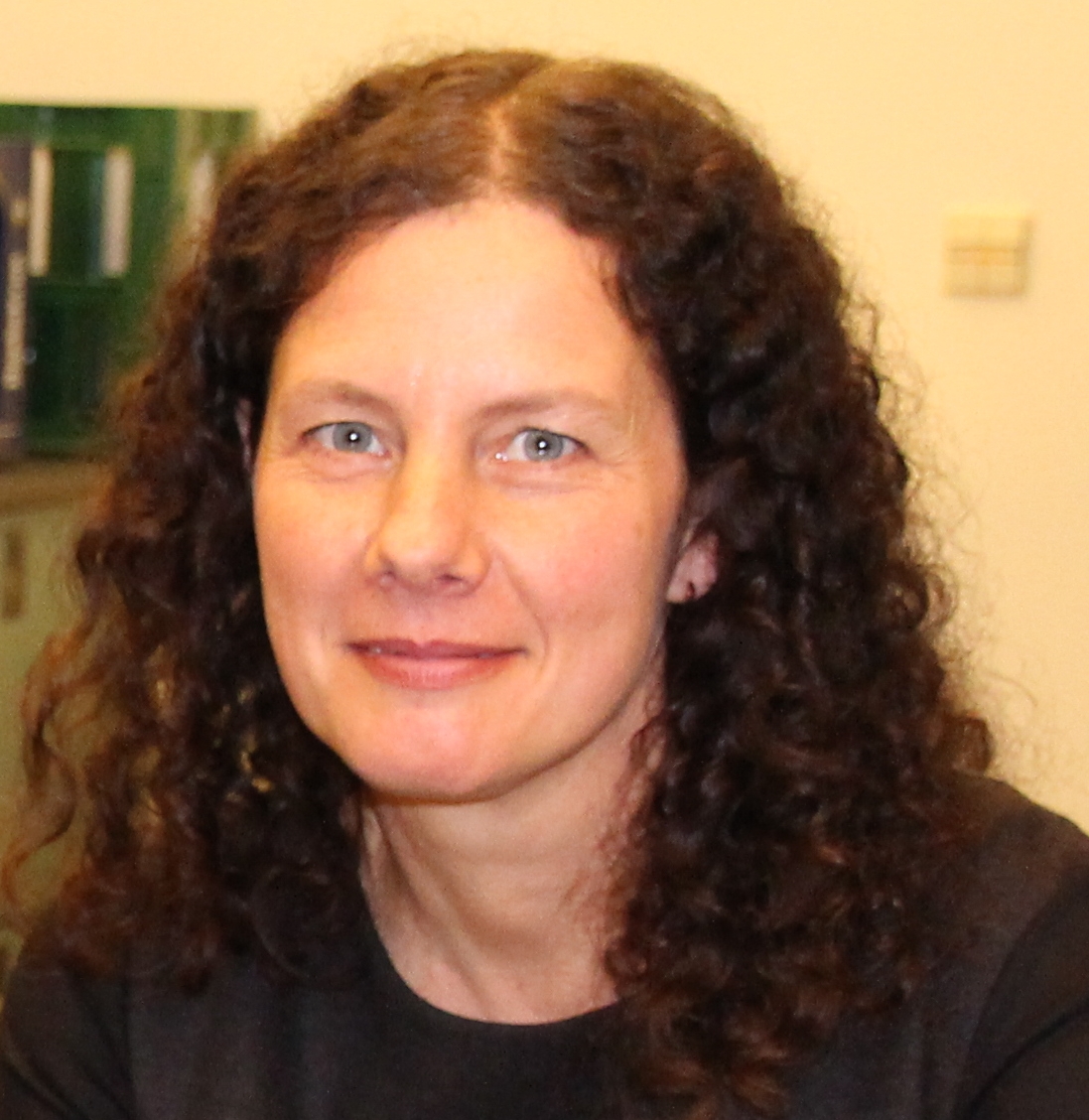

Dr. Karin Hohberg
Karin Hohberg studied biology at the Ludwig Maximilian University in Munich and completed her PhD at the Chair of Animal Ecology at Bielefeld University on the subject of "nematodes in the soil food web". Since 2009 she is head of the Nematoda section at the Senckenberg Museum of Natural History in Görlitz. In addition to ecological topics relating to free-living nematodes, her research focuses on the composition and structure of species communities and soil food webs, which she primarily investigates in very young or highly disturbed soils of extreme habitats, including open-cast lignite mines, Antarctic soils, natural CO2 fields, hot springs and sand dunes in the Namib desert.
Senckenberg Görlitz 

Dr. Ricarda Lehmitz
Ricarda Lehmitz studied biology at the University of Potsdam. Her doctoral thesis at the University of Leipzig focussed on the distribution mechanisms of oribatid mites (Oribatida). Since 2013, she is head of the Oribatida Section within the Soil Zoology Department at the Senckenberg Museum of Natural History Görlitz. Her current work includes investigating the influence of disturbance and renaturalisation on the species composition of oribatid mites in bogs and compiling the first Red List of oribatid mites for Germany.
Senckenberg Görlitz 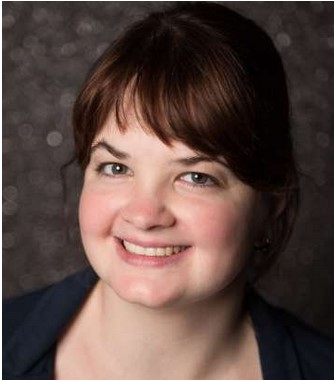

Dr. Nicole Scheunemann
Nicole Scheunemann studied biology at the TU Darmstadt and finished her PhD at the University of Göttingen in 2016; topic was the ecology of springtails (Collembola) and their position in the soil food web. Since 2018, she is a researcher at the Senckenberg Museum of Natural History Görlitz, investigating biodiversity and population structure of collembolans in hardwood floodplain forests of northern Germany, their effects on ecosystem services and conservation of these habitats. Another research focus
Senckenberg Görlitz 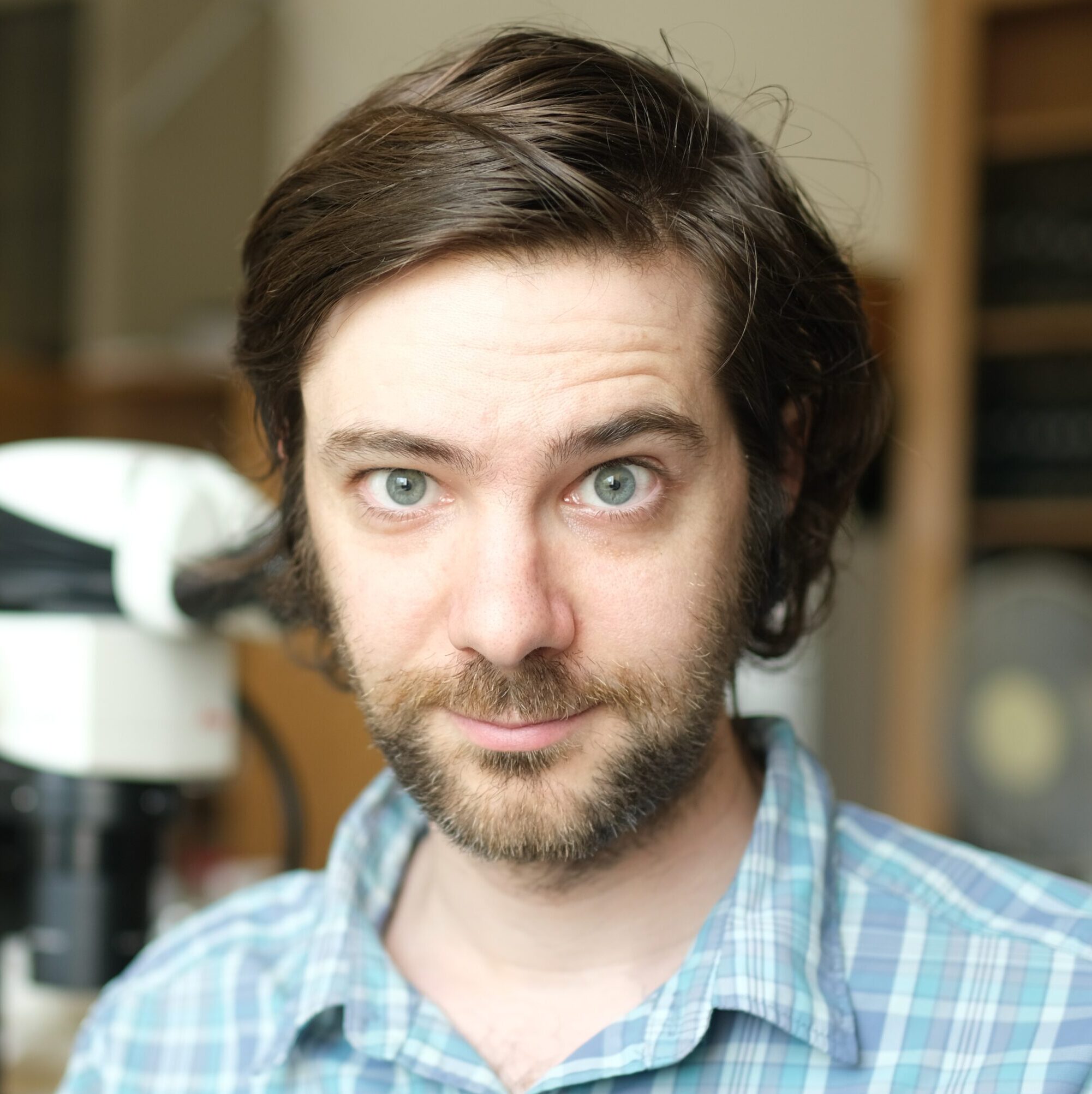

Dr. Clément Schneider
Clément Schneider studied science of life and evolution at the University Pierre and Marie Curie, Paris 6. He completed his doctorate at the National Museum of Natural History of Paris in 2014, on the taxonomy and phylogenetics of Collembola. He then worked in the private sector as a data scientist, involved in Big Data and Machine Learning based projects. Back in science since 2019, at the Senckenberg Gesellschaft für Naturforschung (Frankfürt am Main then Görlitz), he worked on genomics of soil invertebrate fauna and now develops application of AI methods to help approaching the complexity of soil fauna communities in general, and specifically advance knowledge on springtail species diversity around the world.
Senckenberg Görlitz 

Prof. Dr. Anton Potapov
Anton Potapov is a soil ecologist that investigates role of animals in ecosystem functioning. He graduated from Moscow State University in 2011 and is working in Germany since 2016. Since 2024 he leads Department of Soil Zoology at Senckenberg Museum of Natural History Görlitz. His main passion and expertise are soil food webs. He coordinates the global soil animal community monitoring - Soil BON Foodweb.
Senckenberg am Meer 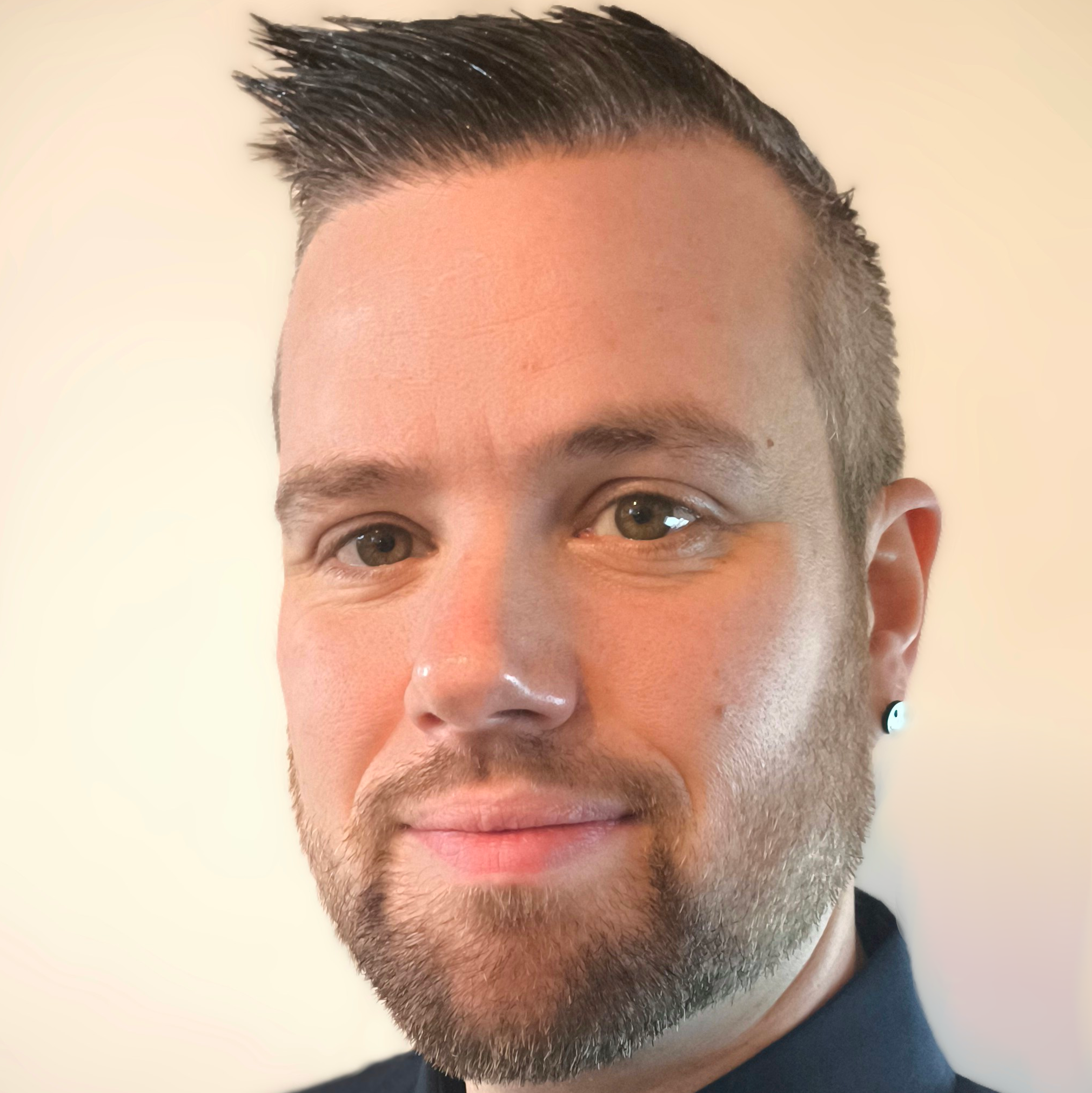

Dr. Sven Rossel
Sven Rossel is a research associate at the German Centre for Marine Biodiversity Research in Wilhelmshaven. He completed his PhD in 2018 on the diversity of benthic copepods in the North Sea. In addition to taxonomic work, he is also involved in the application of molecular methods for faster identification of organisms. In addition to genetic barcoding, one focus is on proteome fingerprinting, a method that uses rapidly generated protein mass spectra to identify individuals at the species level.
Senckenberg am Meer 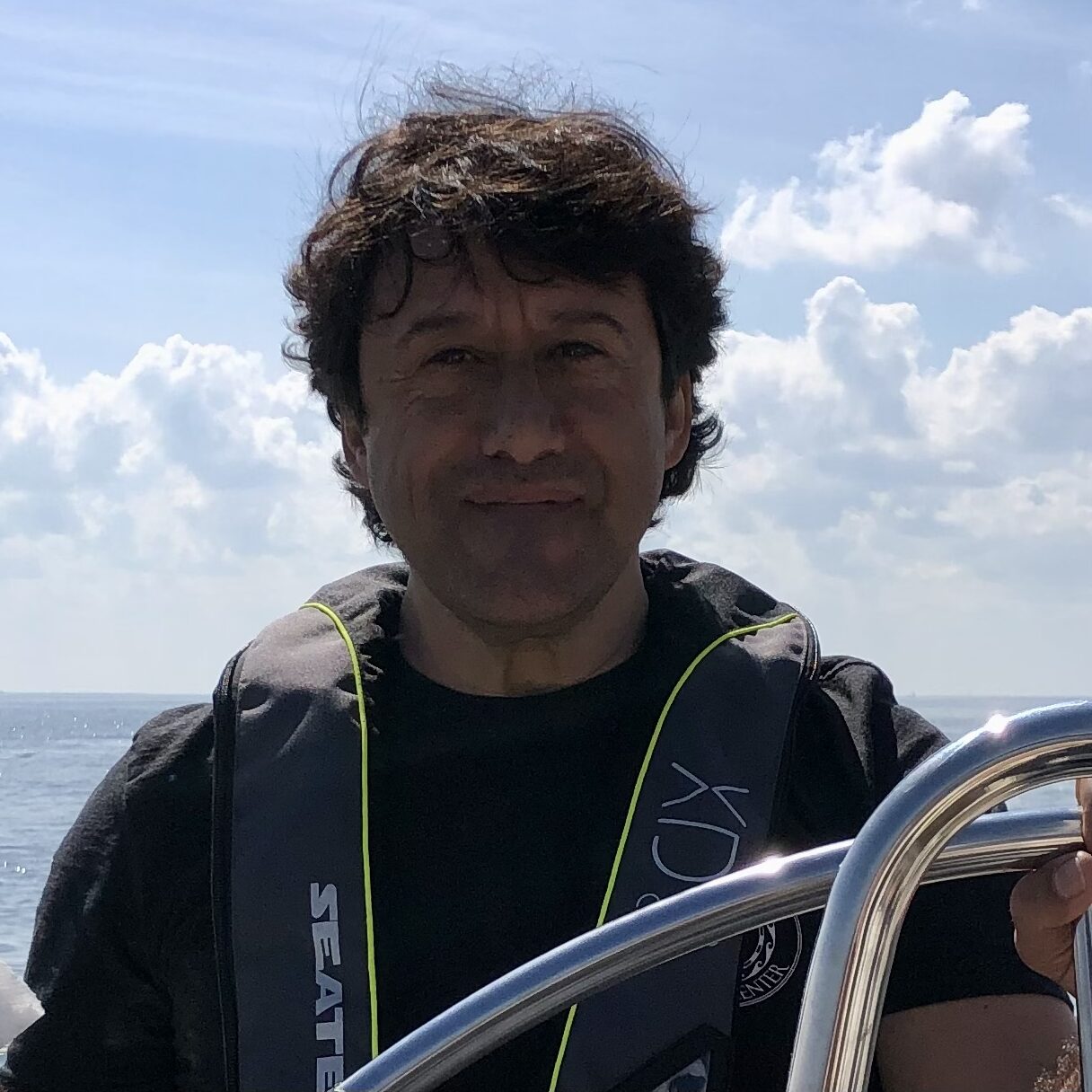

Prof. Dr. Pedro Martínez Arbizu
Pedro Martínez Arbizu is head of the German Centre for Marine Biodiversity Research in Wilhelmshaven. For more than 20 years, he has been working on the taxonomy of benthic copepods and other crustaceans. In addition to his taxonomic work, Prof. Dr Pedro Martínez Arbizu investigates the distribution of interstitial fauna in shallow water and the deep sea using modern technical solutions and DNA methods. One of the numerous projects he has led is the Census of Diversity of Abyssal Marine Life (CeDaMar), in which the unknown fauna of the deep sea was studied and described.
Senckenberg am Meer 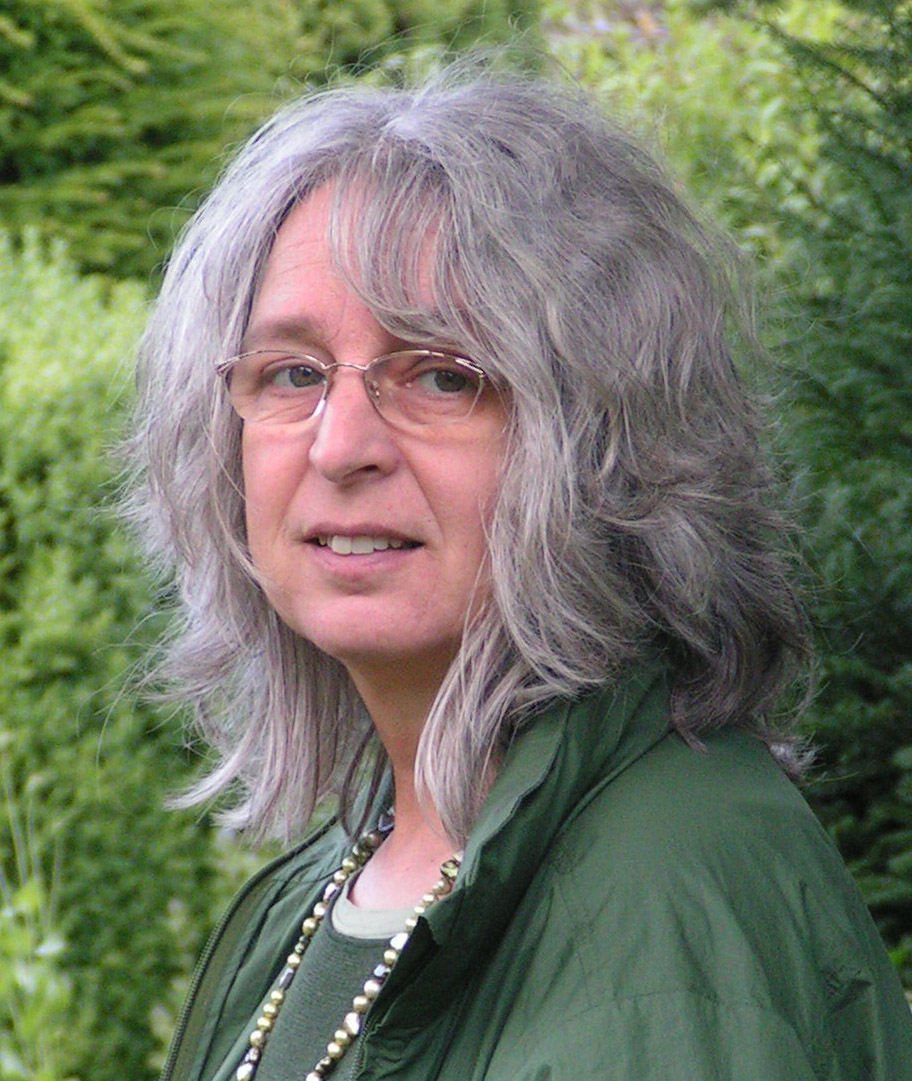

PD Dr. Mona Hoppenrath
Mona Hoppenrath is a biologist/botanist. She studied at the University of Göttingen (Diploma 1995) and the University of Hamburg (PhD 2000). Her thesis was about the taxonomy and ecology of marine interstitial flagellates with an emphasis on dinoflagellates (Wadden Sea Station Sylt). As a postdoc (2000 to 2004) at the Biologische Anstalt Helgoland, AWI, she re-investigated the North Sea phytoplankton around Helgoland taxonomically. From 2004 until the end of 2006 she was a research scientist at the University of British Columbia (UBC), Canada, working about the molecular phylogeny, morphology, and taxonomy of selected dinoflagellates. In 2007 she continued working at UBC as research scientist of the University of Maryland, USA, in an AToL project about an integrated approach to the phylogeny of dinoflagellates. Since 2008 she is a research scientist at the German Centre of Marine Biodiversity Research, Senckenberg am Meer Wilhelmshaven, responsible for Marine Botany and the Centre of Excellence for Dinophyte Taxonomy (CEDiT, http://www.dinophyta.org/), and has a research focus on dinoflagellates. In 2009 she was an invited guest scientist at the Institut Français de Recherche pour l’Exploitation de la Mer (IFREMER) in Concarneau. After habilitation at the Carl von Ossietzky University Oldenburg in 2012 she is a private lecturer. Since her PhD study marine benthic dinoflagellates were her main research interest.
Senckenberg am Meer 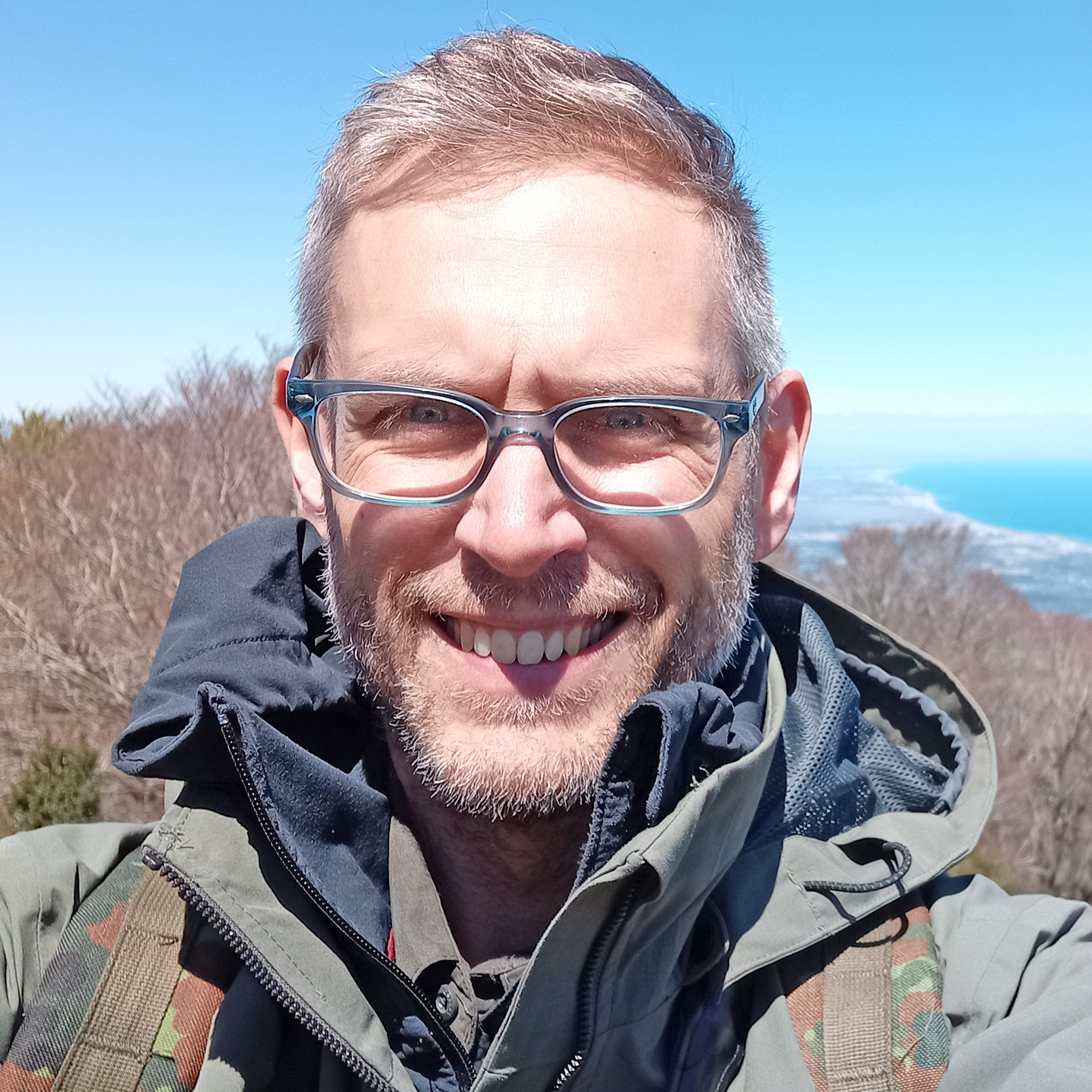

Dr. Alexander Kieneke
Alexander Kieneke studied biology with a focus on zoo-morphology and systematics at Bielefeld University and graduated in 2004 with a diploma in biology. After completing his doctorate in 2008 at the Carl-von-Ossietzky University of Oldenburg, he took up a postdoc position in the German Center for Marine Biodiversity Research (DZMB) at the Senckenberg am Meer Institute in Wilhelmshaven. He has been a research assistant at the DZMB since 2012 and studies the evolution of traits and the bio- and phylogeography of meiofauna organisms using various techniques. Of the small benthic animals, he is particularly interested in the Gastrotricha.
Senckenberg am Meer 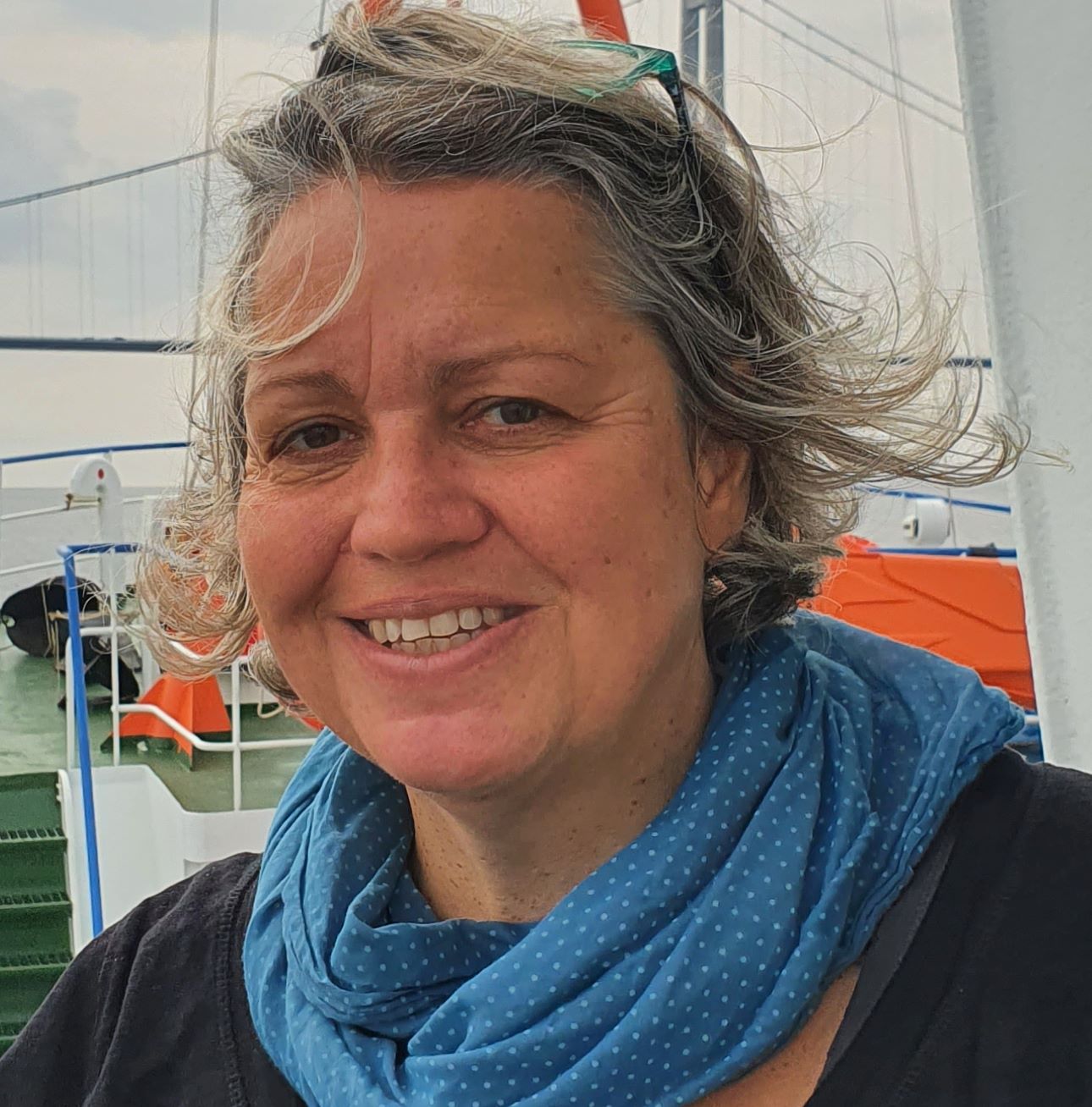

Dr. Sabine Holst
Sabine Holst did her PhD at the University of Hamburg and has been working on Cnidaria at the DZMB Hamburg (Senckenberg am Meer) since 2009. Taxa of the Medusozoa (Scyphozoa, Hydrozoa, Staurozoa) are in focus of her research. In addition to morphological and taxonomic studies, the working group also conducts experimental studies on live cultures to investigate different stages in the life cycle of Cnidaria species. The morphological species identification of Cnidaria in benthos and plankton samples is often difficult. This leads underestimation of Cnidaria species using standard monitoring methods and thus to knowledge gaps in the diversity, the distribution and the ecological role of Cnidaria.
Senckenberg Müncheberg 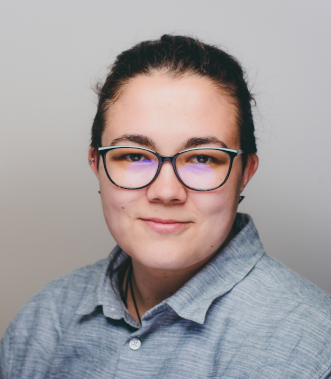

Dr. Lara-Sophie Dey
Lara-Sophie Dey studied biology at Martin Luther University Halle-Wittenberg from 2013 to 2019. In 2023, she completed her PhD at the University of Hamburg on the evolution, taxonomy and ecological niche modelling of grasshoppers (Oedipodinae). In the same year, she became head of the molecular laboratory at the Senckenberg German Entomological Institute in Müncheberg. Her focus continues to be on the study of grasshoppers, but also on the recording and analysis of biodiversity change and the development of molecular biological methods.
Senckenberg BiK-F Frankfurt 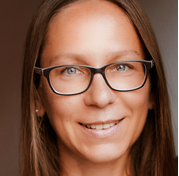

Dr. Valentyna Krashevska
Valentyna Krashevska completed her PhD 2008 at TU Darmstadt, where she studied soil protist communities in montane rainforest ecosystem along an elevation gradient. Since 2009, she worked at University of Göttingen as part of the Collaborative Research Centre 990: Ecological and Socioeconomic Functions of Tropical Lowland Rainforest Transformation Systems, where she studied the structure and functioning of the decomposer system in lowland rainforest transformation systems. She used environmental DNA for detecting the diversity of soil microbiomes as well as focused her work on testate amoebae, the most beautiful, ancient and useful indicatory organisms. Since 09.2023, at her current position at Senckenberg-BiK-F she is involved in the collaborative work on standardization of genetic methods for soil quality assessment.
Senckenberg Frankfurt 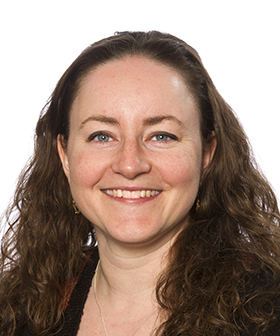

Dr. Iliana Bista
Iliana Bista is a Group Leader (Meta-OMICS) at the Senckenberg, Frankfurt with 15 years of experience on DNA based biodiversity monitoring and high throughput sequencing. She studied Biology at Aristotle University, Greece, and received her MRes and PhD in Molecular Ecology from Bangor University, UK. She worked on the development of DNA-based methods for freshwater ecosystem biomonitoring. She worked at the Wellcome Sanger Institute, and University of Cambridge UK, and Naturalis Biodiversity Center, Netherlands. Her work focused on reference genome sequencing and comparative genomics, with the Tree of Life and the Vertebrate Genomes Project. She established her group at SGN Frankfurt in 2023, working on the study of biodiversity using eDNA, metabarcoding, and metagenomics, and genomic adaptation to environmental change, mainly targeting arthropod and fish taxa.
Senckenberg Görlitz 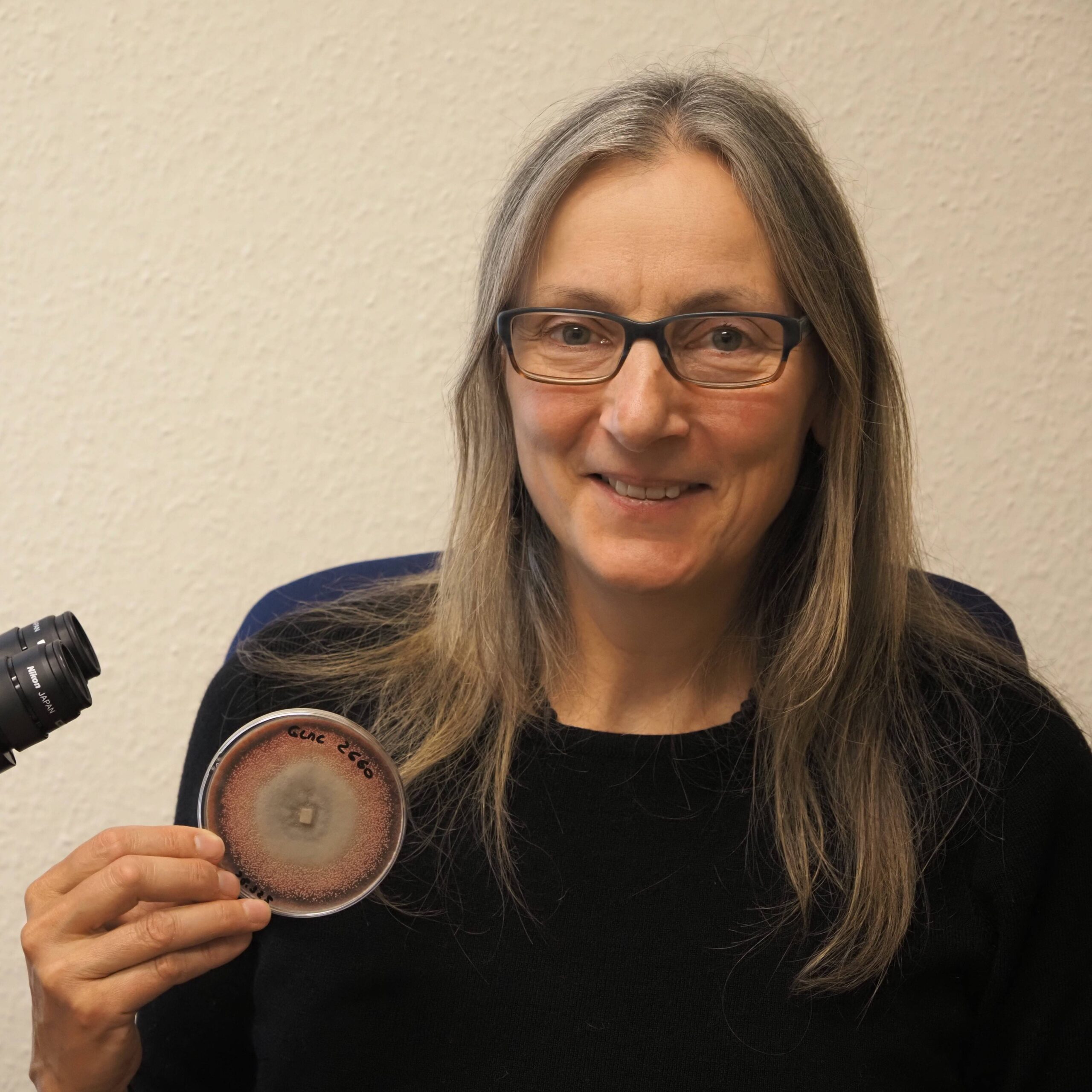

Dr. Ulrike Damm
Ulrike Damm studied agricultural engineering at the University of Rostock and earned her doctorate from Berlin's Humboldt University, researching fungal colonization of wheat and soil under different cultivation systems. Before coming to the Senckenberg Museum of Natural History Görlitz as head of the Mycology Section, she worked at the University of Stellenbosch, South Africa, and at what is now the Westerdijk Fungal Biodiversity Institute in Utrecht, Netherlands. She studies the diversity, taxonomy, and systematics of phytopathogenic fungi, particularly the genus Colletotrichum (fungal culture in figure). There are almost 1,000 described Colletotrichum species worldwide, about 350 of which have DNA sequences and are considered "accepted," but the actual number of species is unknown. About 30 species are known in Germany. Like most microfungi, the genus is still largely unexplored here. In habitats in Germany like the wood of Prunus trees – another research focus – there are still numerous unknown species; we know almost nothing about their biology and significance.
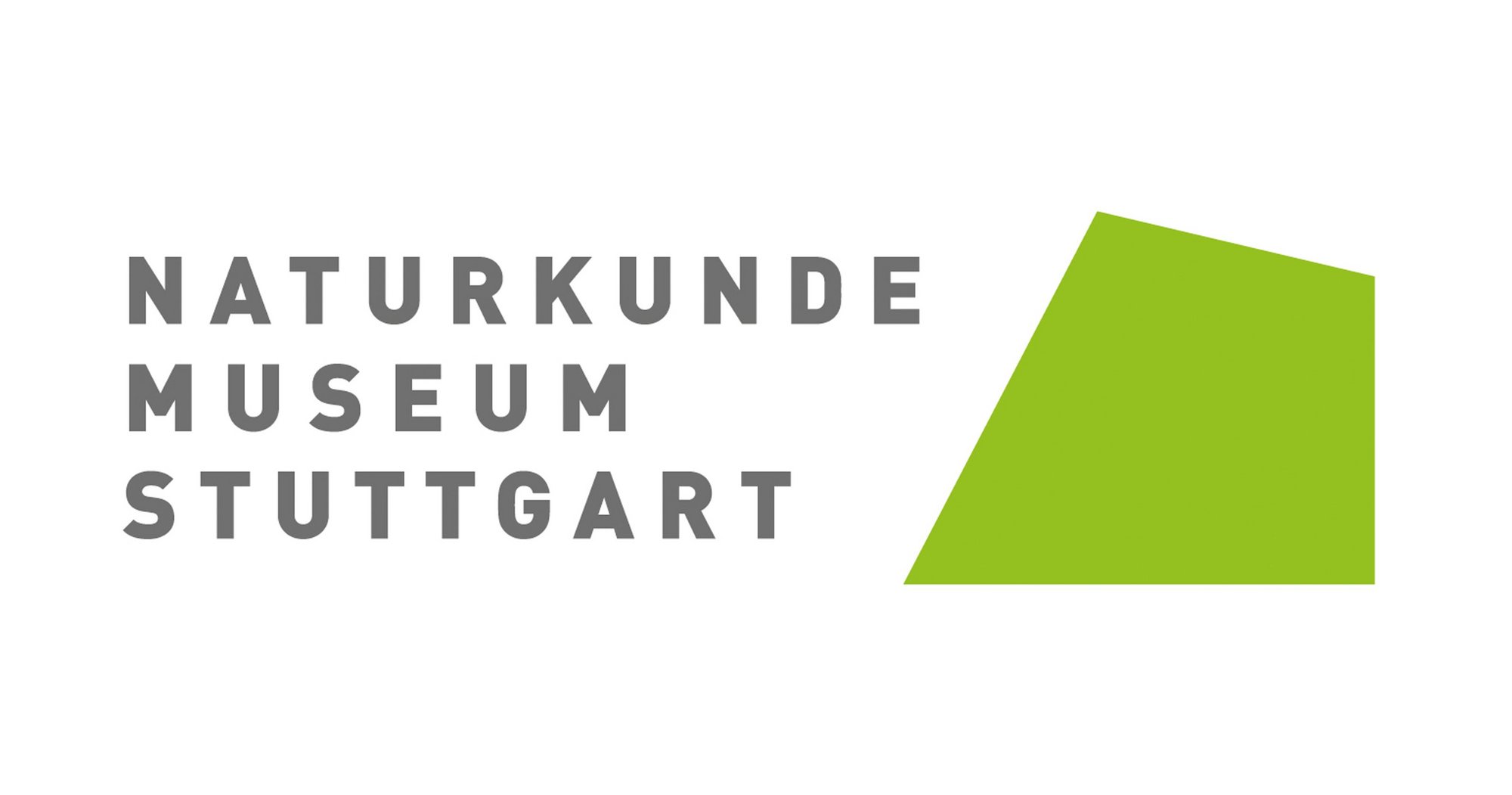
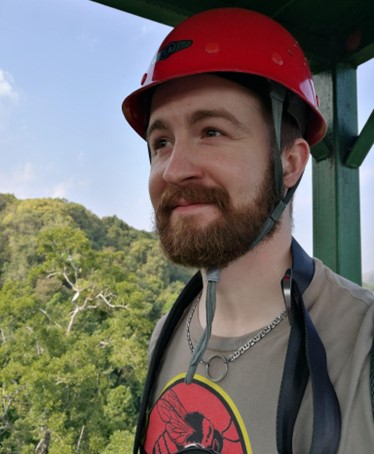
Dr. Michael Orr
My research program on bee biodiversity and systematics revolves around how and where bees evolved, and how this influences their present distribution, with the ultimate goal of conserving them and the invaluable pollination services that they provide. As an interdisciplinary systematist, I address these questions through highly-integrative, collaborative methods founded in modern collections-based taxonomic and systematic practices extended outward into the fields of ecology, evolution, and beyond. Guided by invaluable natural history collections data, I merge phylogenetics and other molecular approaches with morphological analysis, behavioral observation, and spatial modeling to map out their history and safeguard the future of bees on Earth.
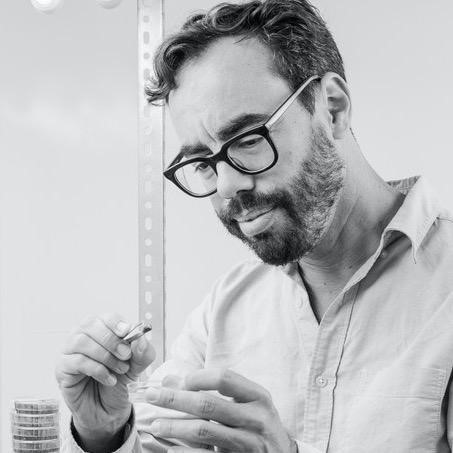
Prof. Dr. Ricardo J. Pereira
Ricardo Pereira is an evolutionary biologist leading the Department of Biodiversity Monitoring at the State Museum of Natural History Stuttgart. His research focuses on understanding genomic diversity within species and its critical role in maintaining species and ecosystem biodiversity in the face of environmental change. Utilizing museum and monitoring collections, his research group employs genomic tools to explore how present-day genetic diversity influences resilience and adaptability. Committed to training the next generation of scientists, he collaborates extensively with the University of Hohenheim and other international partners to address pressing biodiversity conservation challenges.
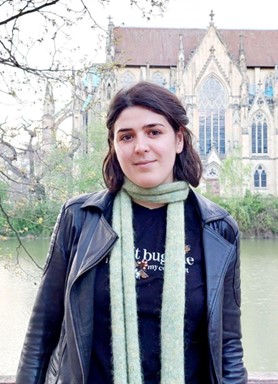
MSc Cristina Vasilita
My main research interest is the diversification and evolution of hyperdiverse groups of arthropods, such as the parasitoid wasps of the superfamily Platygastroidea. I work on next generation taxonomy tools to tackle hyperdiverse groups by developing best practices for complex questions regarding the diversity, life history and evolution trends in these groups of organisms. My focus is to expand the understanding and knowledge we possess by combining performant imaging techniques (CLSM, microphotography, micro-CT) with a next generation molecular approach (megabarcoding, nanopore sequencing).

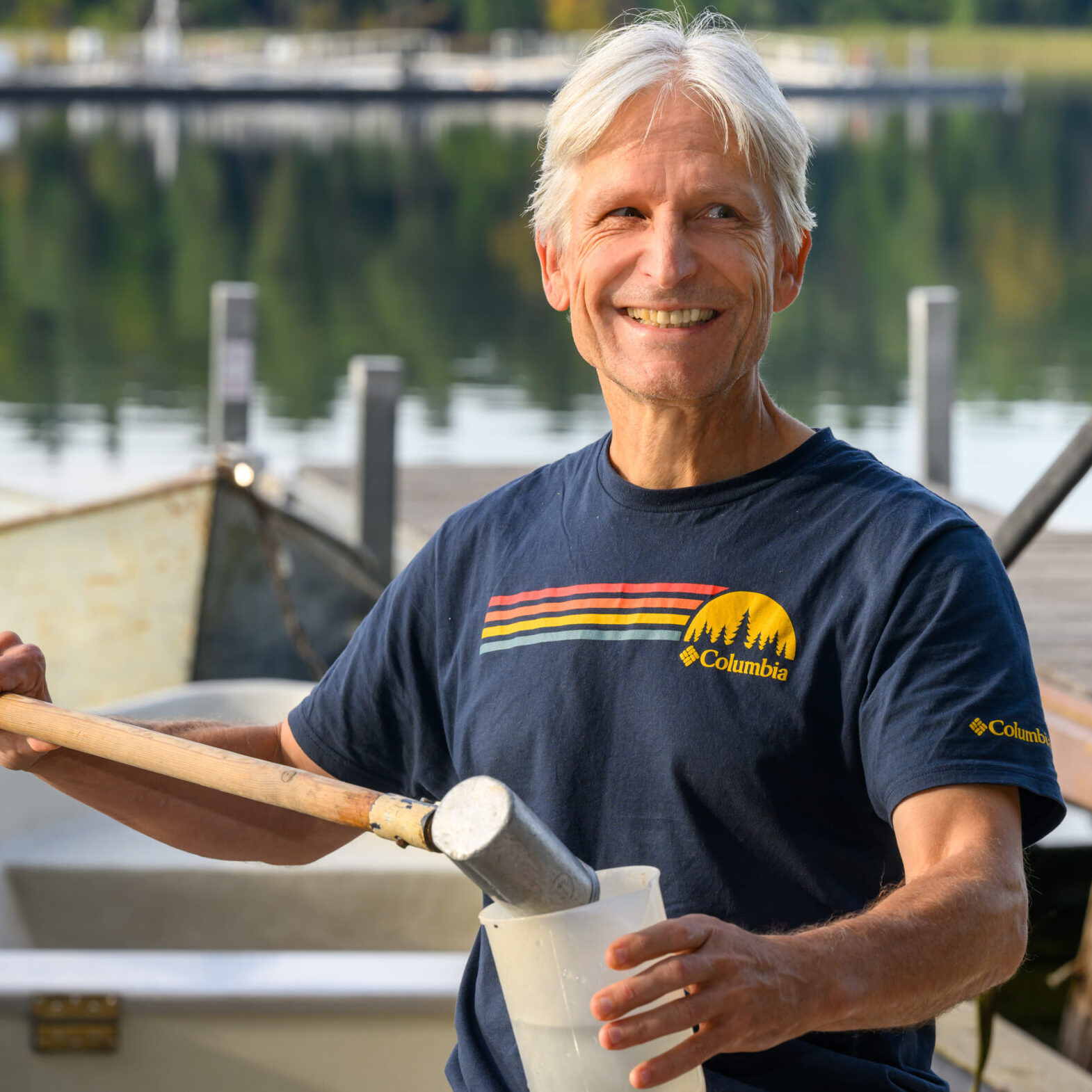
Prof. Dr. Hans-Peter Grossart
Hans-Peter Grossart is head of the Aquatic Microbial Microbiology working group at the Leibniz Institute of Freshwater Ecology and Inland Fisheries (IGB) and Professor of Aquatic Microbial Ecology and Functional Biodiversity at the University of Potsdam. He studied biology at the Universities of Mainz and Constance and completed his doctorate at the Limnological Institute of the University of Constance on the diversity and biogeochemical role of aggregate-associated bacteria. After a postdoc at the Yigal Allon Kinneret Limnological Laboratory in Tiberias, Israel and a further postdoc at the Scripps Institute for Oceanography in San Diego, USA, he was an assistant at the Institute for Chemistry and Biology of the Marine Environment at the University of Oldenburg. He has been a research group leader at the IGB since 2002, where he investigates both the diversity and the ecological role of microbial communities in a wide variety of waters. His main interests are greatly linked to freshwater ecosystems as hotspots in the earth system. In the earth system, especially freshwater ecosystems play a central role in sequestering carbon and regulating natural greenhouse gas dynamics. At the same time, they are hotspots of biodiversity and biochemical processes as they form interphases and boundary layers between terrestrial and aquatic environments. This high potential of aquatic ecosystems for nature-based solutions needs to be secured and better understood. I envision that the department’s research on ecological consequences of global change can be well linked to several national and international initiatives such as the GLEON network, the DFG NFDI4-Biodiversity project or the Leibniz Lab “Systemic Sustainability” for which the water cycle is of particular importance.

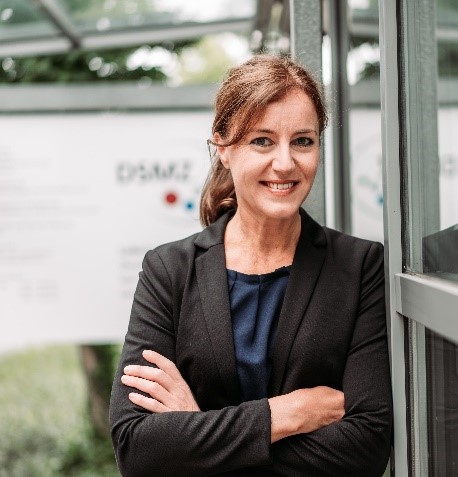
Dr. Cecilia G. Flocco
Cecilia G. Flocco is an interdisciplinary scientist and environmental policy consultant working at the intersection of biotechnology and environmental sciences with microbiology and biodiversity research. She is the Scientific Coordinator of the Leibniz Biodiversity Hub at the Leibniz Institute DSMZ-German Collection of Microorganisms and Cell Cultures GmbH* (Braunschweig, Germany). Her current research interests encompass understanding the dynamics of microbial communities in extreme environments and underexplored habitats, such as polar regions (Antarctica) and cultural heritage objects, and advancing interdisciplinary approaches to microbiome research. She earned an MS in Biochemistry, an MS in Pharmacy and a PhD in Biotechnology from the University of Buenos Aires, Argentina, and has more than 20 years of international experience working in America, Europe and Antarctica.

Prof. Dr. Jörg Overmann
Jörg Overmann studied Biology at the Universities of Bochum and Freiburg and obtained his Ph.D. in Microbiology in 1991 at the University of Konstanz. His thesis received the Ph.D. Award of the German Association for General and Applied Microbiology (VAAM). After a postdoctoral stay at the University of British Colombia, Canada, he joined the Universität Oldenburg where he obtained his Habilitation in 1999. From 2000 until 2010, he was professor of microbiology at the Ludwig-Maximilians-Universität München where he also served as Director of the Department Biology. In 2010, he became Director of the Leibniz-Institut DSMZ-Deutsche Sammlung von Mikroorganismen und Zellkulturen GmbH* in Braunschweig (Germany) and full professor of microbiology at the Braunschweig University of Technology. His main research interests are bacterial functional diversity, bacterial population genomics and speciation, and the molecular basis of microbial interactions. Prof. Overmann received the Inaugural Douglas Leigh Lecturer Award of the Waksman Foundation for Microbiology in 2013, the Science Award (Wissenschaftspreis) `Forschung in Verantwortung´ of the Stifterverband für die Deutsche Wissenschaft in 2022, is currently appointed member of the Permanent Senate Commission on Fundamental Issues of Biological Diversity of the DFG, and of the Council of Scientists of the Human Frontier Science Program Organization (Strasbourg, France). He also serves in the supervisory boards and scientific advisory boards of several national and international institutions.

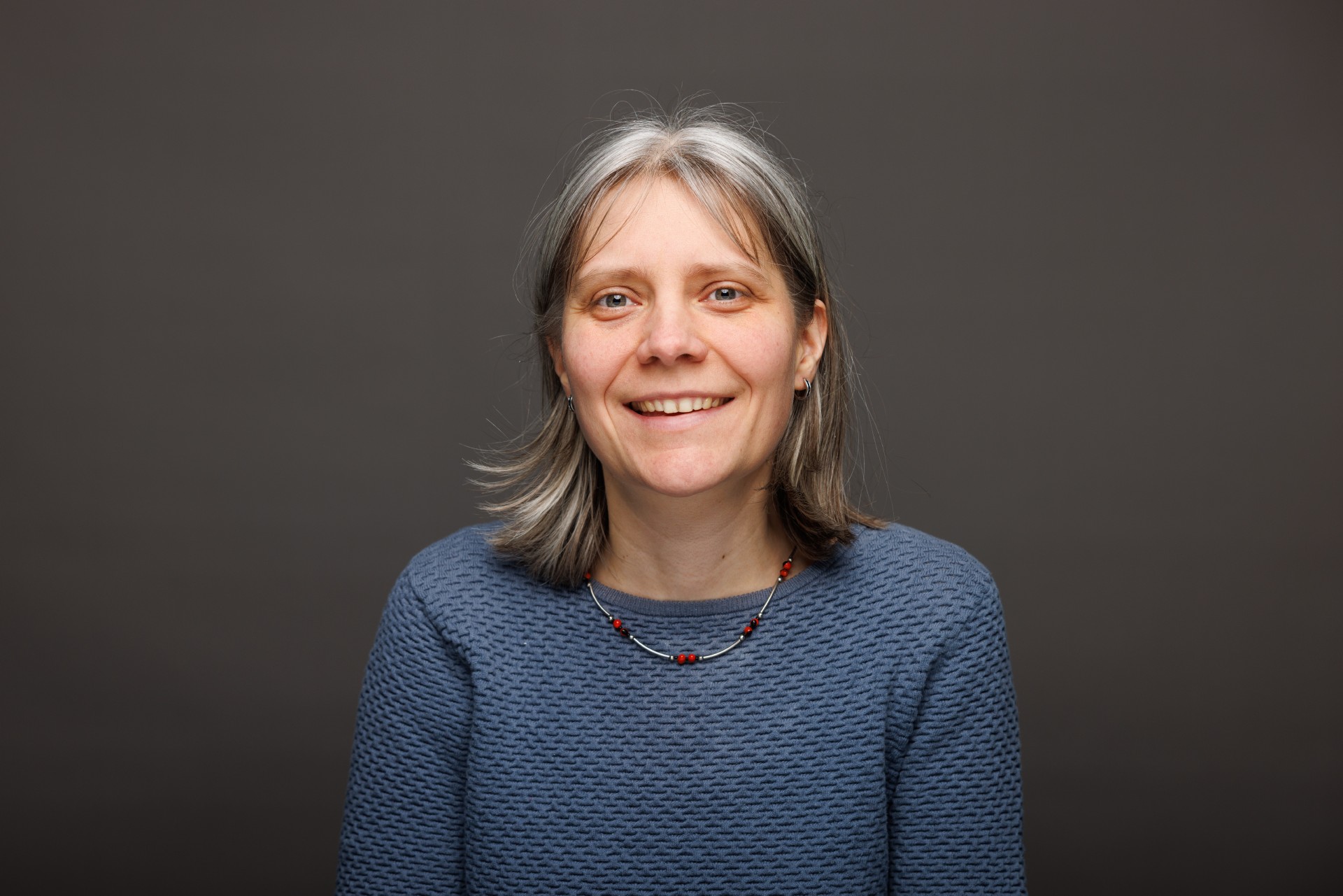
Dr. Judith Bieberich
Judith Bieberich is a botanist and coordinator of the “Karlsruhe taxonomy initiative”. 2021 she did her PhD at the University of Bayreuth at the Center of Ecology and Environmental Research (BayCEER) in invasion biology. Concerning research, she is interested in vegetation change within global change and in interactions between species and between plants and their environment. At the SMNK she coordinates since 2022 the project “Species knowledge for All. The Karlsruhe taxonomy initiative” which is funded by Stiftung Naturschutzfonds funds of Glückspirale. She is responsible for intermediation of knowledge on species and taxonomy at the SMNK and for cooperation with other players in this field.
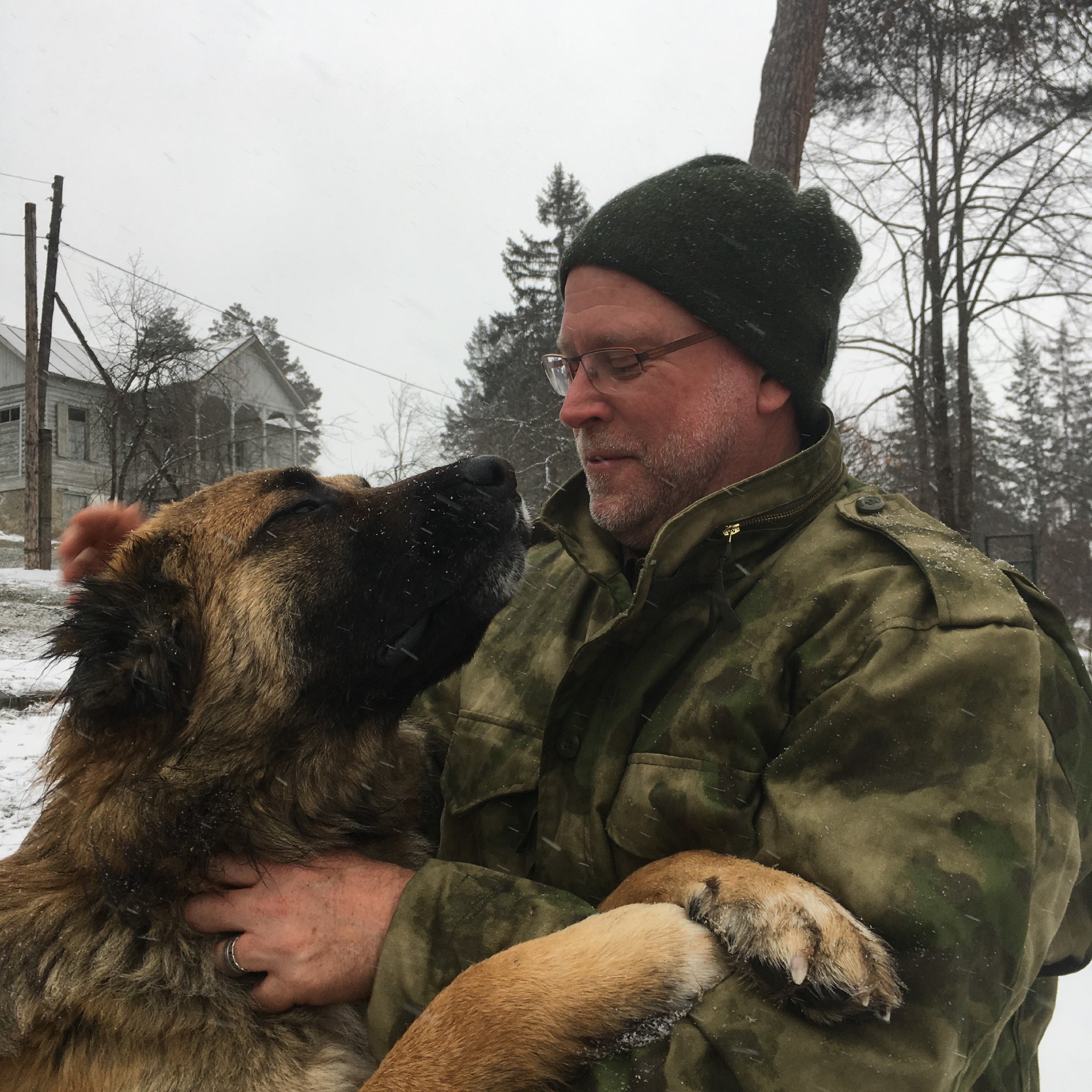
Prof. Dr. Rainer Bussmann
Rainer W. Bussmann is a German botanist and vegetation ecologist with a focus on ethnobotany and ethnobiology, edible wild plants, wild crop relatives, climate change, gastronomic botany and preservation of traditional knowledge. He has worked at the University of Bayreuth, the University of Hawaii, the University of Texas, and the Missouri Botanical Garden. He now holds a professorship in ethnobotany at the Ilia University in Tbilisi, Georgia, and is head of the botany department at the State Museum of Natural History Karlsruhe. He has founded several international non-governmental organizations, including Nature and Culture International, Saving Knowledge and Ethnomont.

Dr. Hubert Höfer
Hubert Höfer studied biology at the university of Ulm where he finished in 1990 his PhD on spider assemblages in a blackwater inundation forest in Central Amazonia. He worked on taxonomy and ecology of spiders in South America and the function of soil fauna in Neotropical agroforestry systems and secondary forests. He is curator of Arachnida (and other Invertebrata) and head of the biosciences at the State Museum of Natural History Karlsruhe (SMNK). Recent activities focus on faunistics and community ecology of spiders in Germany (i. a. in block screes in the Black Forest national park) and the mobilization of collection and study (monitoring) data for ecological analyses.

Prof. Dr. Martin Husemann
Martin Husemann is an evolutionary biologist and taxonomist and is primarily interested in grasshoppers, but also other animal groups. He studied biology of organisms in Osnabrück and earned his doctorate at Baylor University in Texas. He was curator of insects at the Hamburg Natural History Museum for seven years before becoming director of the State Museum of Natural History Karlsruhe in 2023. In addition to his scientific work, he is also very interested in communicating knowledge about nature.
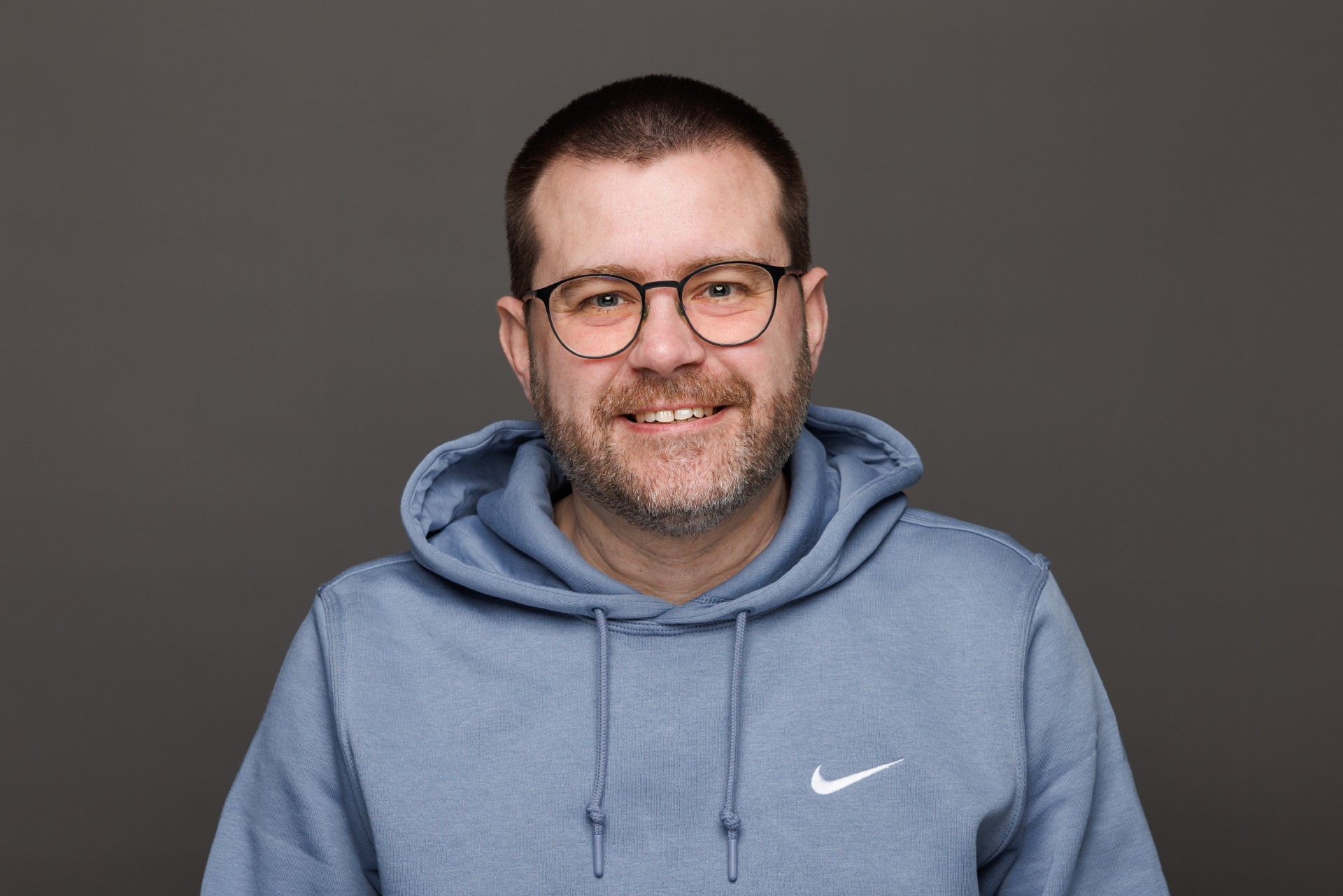
Dr. Florian Raub
Florian Raub studied biology in Karlsruhe and completed his doctorate in 2016 on the topic of "Diversity and ecology of spider assemblages in secondary forests of the southern Mata Atlântica, Brazil - Implications for environmental conservation". After working in several projects, he has been working as a data curator at the SMNK since 2020 and supervises the collection and processing of scientific data in the scientific database system Diversity Workbench as well as the publication of the data in various internal and external internet portals.
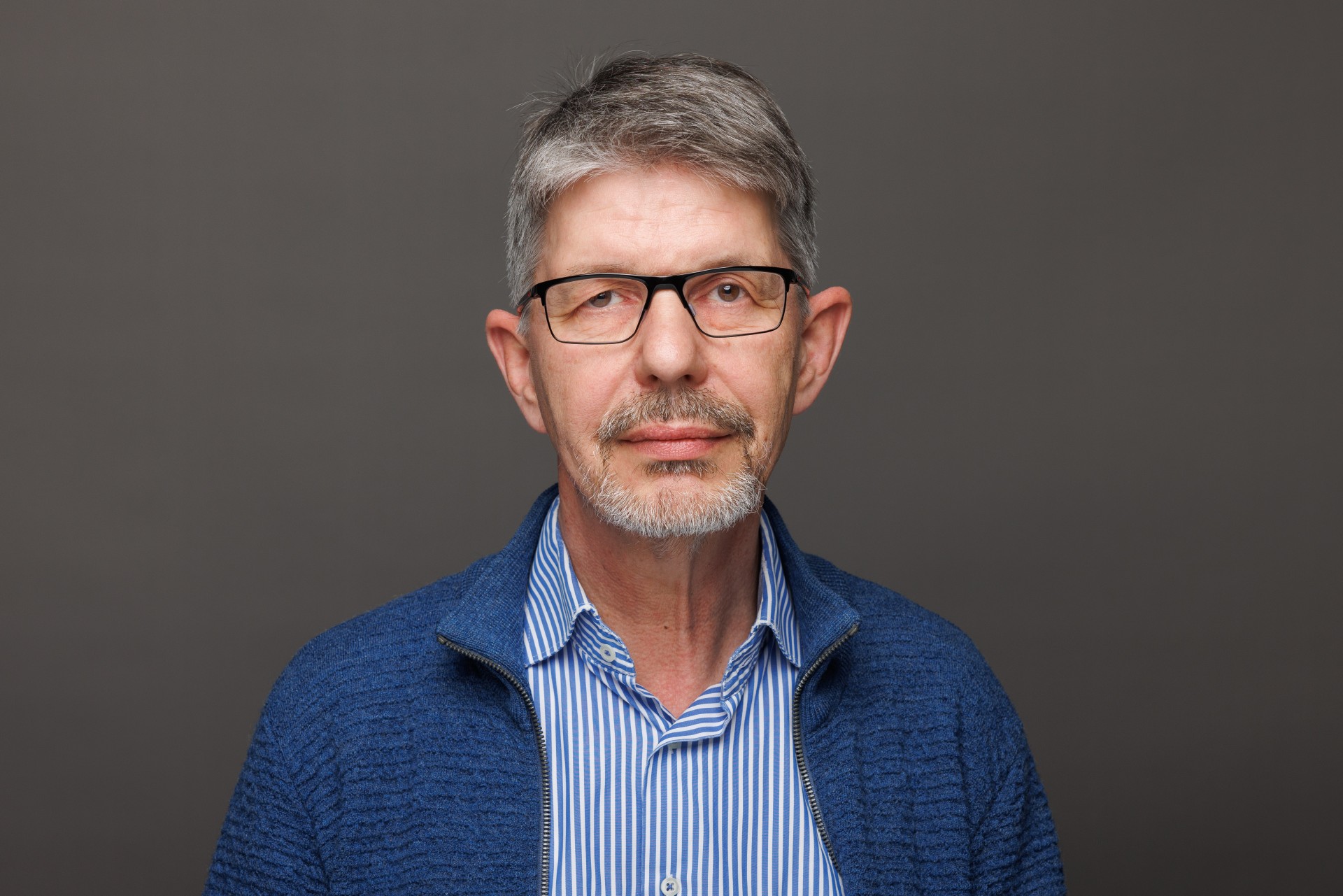
Dr. Markus Scholler
Markus Scholler is a biologist with a focus on ecology and taxonomy of fungi. In addition to plant-parasitic rust fungi, he is also interested in symbiotic fungi, e.g. truffles. In 2003 he became mycologist and curator of the fungus and algae collections at the Karlsruhe Natural History Museum. Besides re-search he is also involved in work for the public (advisor for mushroom poisoning, mushroom exhibi-tions, heading a fungus working group). He studied biology at the Free University of Berlin, received his doctorate at the University of Greifswald, then became a university assistant and then moved to the USA for several years to work as a curator at Purdue University.
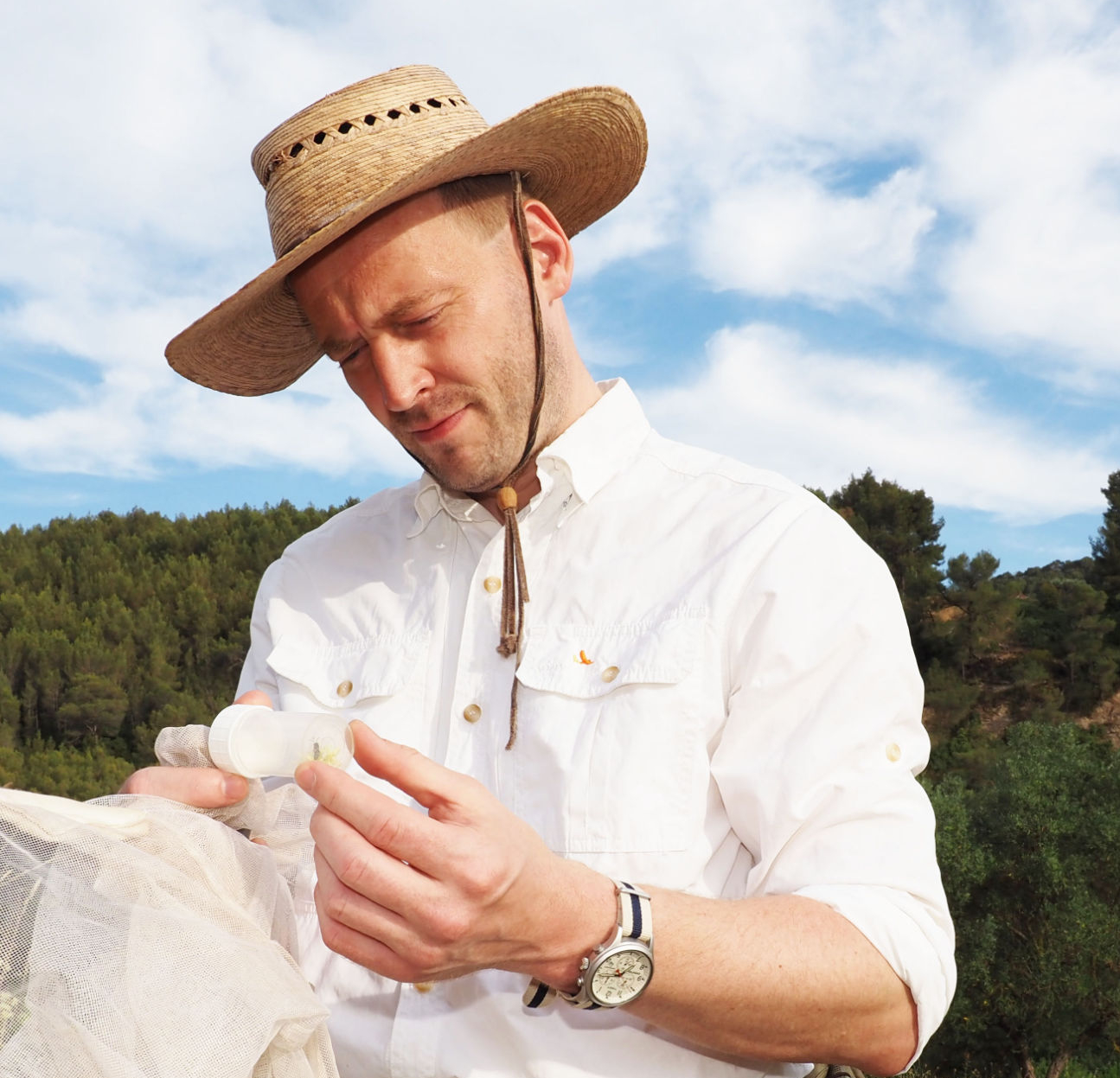
Dr. Björn M. von Reumont
Björn M. von Reumont is an evolutionary biologist who did his PhD at the Forschungsmuseum Koenig in Bonn focused on the evolution of crustaceans and hexapods. His expertise is arthropod evolution and the adaptions of venom (genes) as highly convergent trait in crustaceans, insects, and other invertebrates. Methodologically, he employs a combination of classical morphological techniques and modern -omics approaches, including transcriptomics, genomics and proteomics. With his data science background he explores also the application of AI in gene evolution, biodiversity collections and monitoring. Since January 2025 he is the head of entomology at the SMNK Karlsruhe.
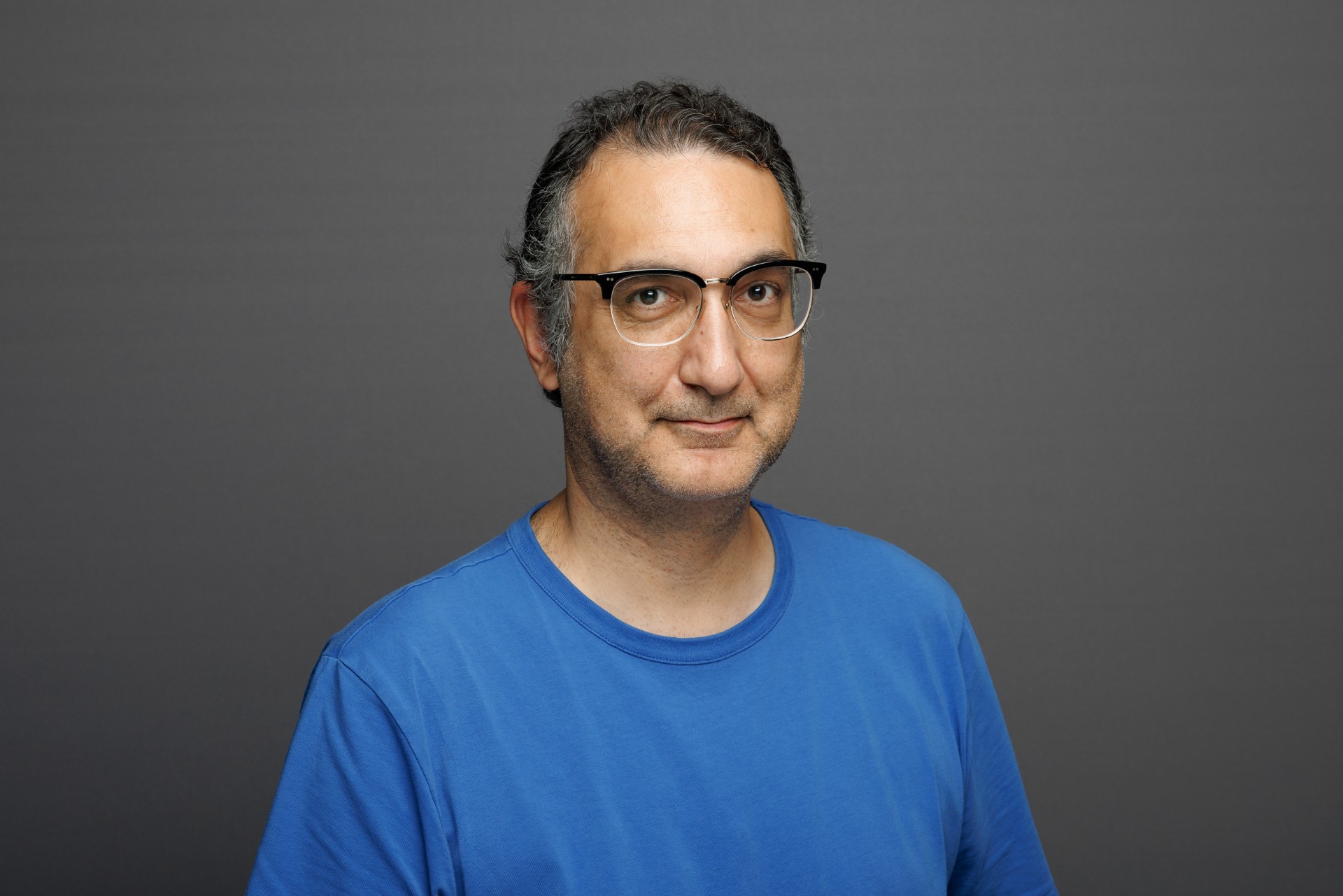
Dr. Reza Zahiri
An Iranian-Canadian evolutionary biologist, Reza Zahiri is a specialist on Lepidoptera. After fin-ishing his bachelor's and M.Sc. studies in Iran, he was the curator of the Lepidoptera collection at HMIM (Tehran, Iran) from 2004 to 2008. In 2008, he moved to Turku (Finland) to pursue his Ph.D. studies under the supervision of Prof Niklas Wahlberg and successfully defended his Ph.D. thesis in June 2012. Focusing on multigene higher-level phylogenies, he fundamentally revised the general understanding of relationships within the superfamily Noctuoidea. After his Ph.D., Zahiri moved to Canada on a 3-year postdoctoral fellowship at the University of Guelph (Centre for Biodiversity Genomics) in Prof Paul Hebert's lab, where he assembled a DNA bar-code library for 3,700 North American noctuoid species. Soon after, in 2015, he began another postdoctoral fellowship with the Canadian Government in Ottawa for the development of molec-ular keys to detect invasive species entering the country. In 2016, Zahiri was offered a job as a lepidopterist at the Entomology Diagnostic Laboratory of the Canadian Food Inspection Agency (CFIA) in Ottawa. In 2020, he spent a sabbatical as Lepidoptera curator at the Zoological Muse-um of Hamburg Universität. Finally, he started a new job as a research scientist at the State Mu-seum of Natural History Karlsruhe (SMNK) in 2023. The new position involves insect biomoni-toring, metabarcoding, biodiversity robotics, and long-term storage of samples for future studies.

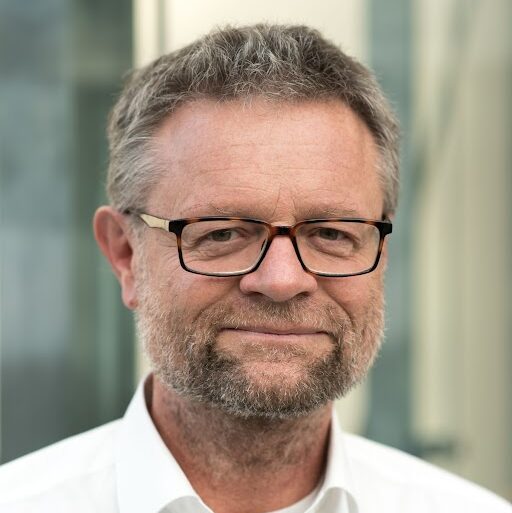
Prof. Dr. Bernhard Misof
Bernhard Misof is the Director General of the Leibniz Institute for the Analysis of Biodiversity Change (LIB), which includes the Museum Koenig Bonn and the Museum of Nature Hamburg. He is also a Professor of Special Zoology at the University of Bonn. Originally from Austria, Misof earned his Ph.D. from the University of Vienna in 1995 and was a Fellow at the Center of Computational Ecology at Yale University from 1991 to 1995. Following Schrödinger and Humboldt Fellowships as a postdoctoral researcher, he obtained his habilitation and Venia Legendi in 2002 at the University of Bonn. In the first decade of the 2000s, he served as Curator of Lower Arthropods and Head of the Molecular Laboratory at the former Zoological Research Museum Alexander Koenig (ZFMK). From 2008 to 2010, he led the Entomology Department at the Biozentrum Grindel & Zoological Museum in Hamburg and was the spokesperson for the Zoological Museum at the University of Hamburg. In 2010, he returned to Bonn to lead the newly founded Center for Molecular Biodiversity Research (zmb) and served as Deputy Director of the Leibniz Institute. His research interests span all aspects of molecular biodiversity research, from molecular taxonomy to evolutionary genomics. His work includes molecular systematics, speciation processes, rRNA molecule development, rare genomic changes as phylogenetic markers, hexapod evolution, and evolutionary genomics. He also engages in bioinformatics, phylogenomics, speciation research, and theoretical studies. Misof has played a key role in numerous national and international research initiatives, such as the German Research Foundation’s (DFG) priority program Deep Metazoan Phylogeny and large-scale international projects like 1KITE and CaBOL. As a member of national and international advisory boards and scientific committees, and as Director of the LIB, he is committed to integrating theoretical, bioinformatics, and empirical approaches. His goal is to harness the full potential of biodiversity research to develop nature-based solutions, drive societal transformation, and create a sustainable future.
LIB Hamburg 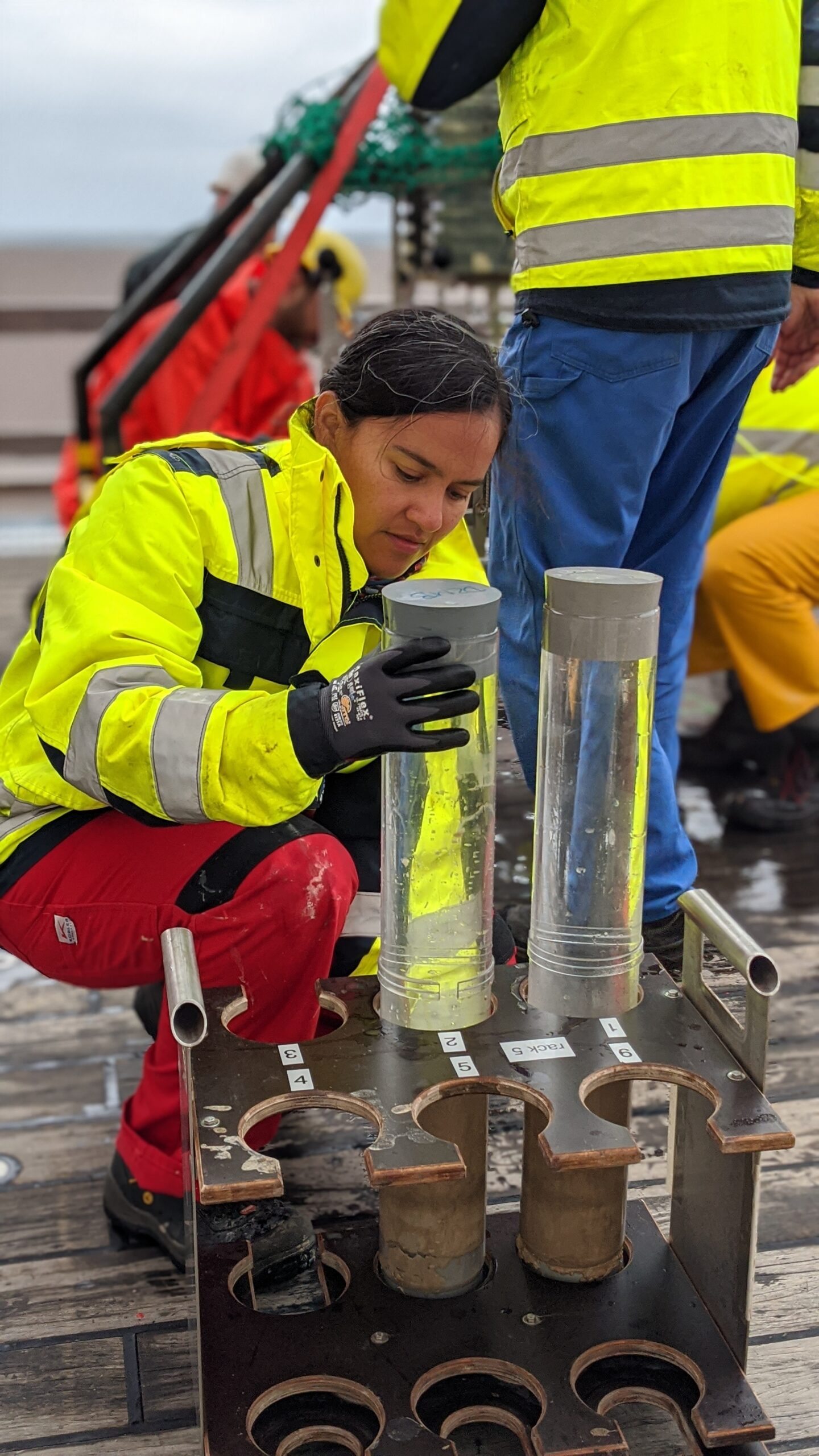

Dr. Nancy Mercado Salas
Nancy Mercado Salas earned her Doctoral degree at El Colegio de la Frontera Sur (Mexico) in December 2013. After a postdoc at the German Centre for Biodiversity Research (Senckenberg am Meer, Wilhelmshaven), she became the curator and head of the Crustacea section at the Centrum für Naturkunde (CeNak-University of Hamburg). With the fusion of the CeNak and the ZMFKS, she continues her role in the Crustacea section of the Leibniz Institute for the Analysis of Biodiversity Change (LIB). Her research focuses on understanding the evolutionary processes that have shaped crustacean diversity, especially those processes related to the colonization and establishment in new habitats. She is particularly interested in environments that represent `living laboratories' (e.g. phytotelmata, anchialine caves, and groundwater systems) that let us follow a variety of questions related to speciation, biogeography, population genetics, and evolution. Nancy´s taxonomic expertise is on the subclass Copepoda, particularly on members of the order Cyclopoida and selected groups of Harpacticoida. She is also interested in finding new imaging techniques (e.g. CLSM microscopy) and molecular tools (e.g. barcoding, metabarcoding) that help to accelerate the description of meiofauna species and communities.
LIB Hamburg 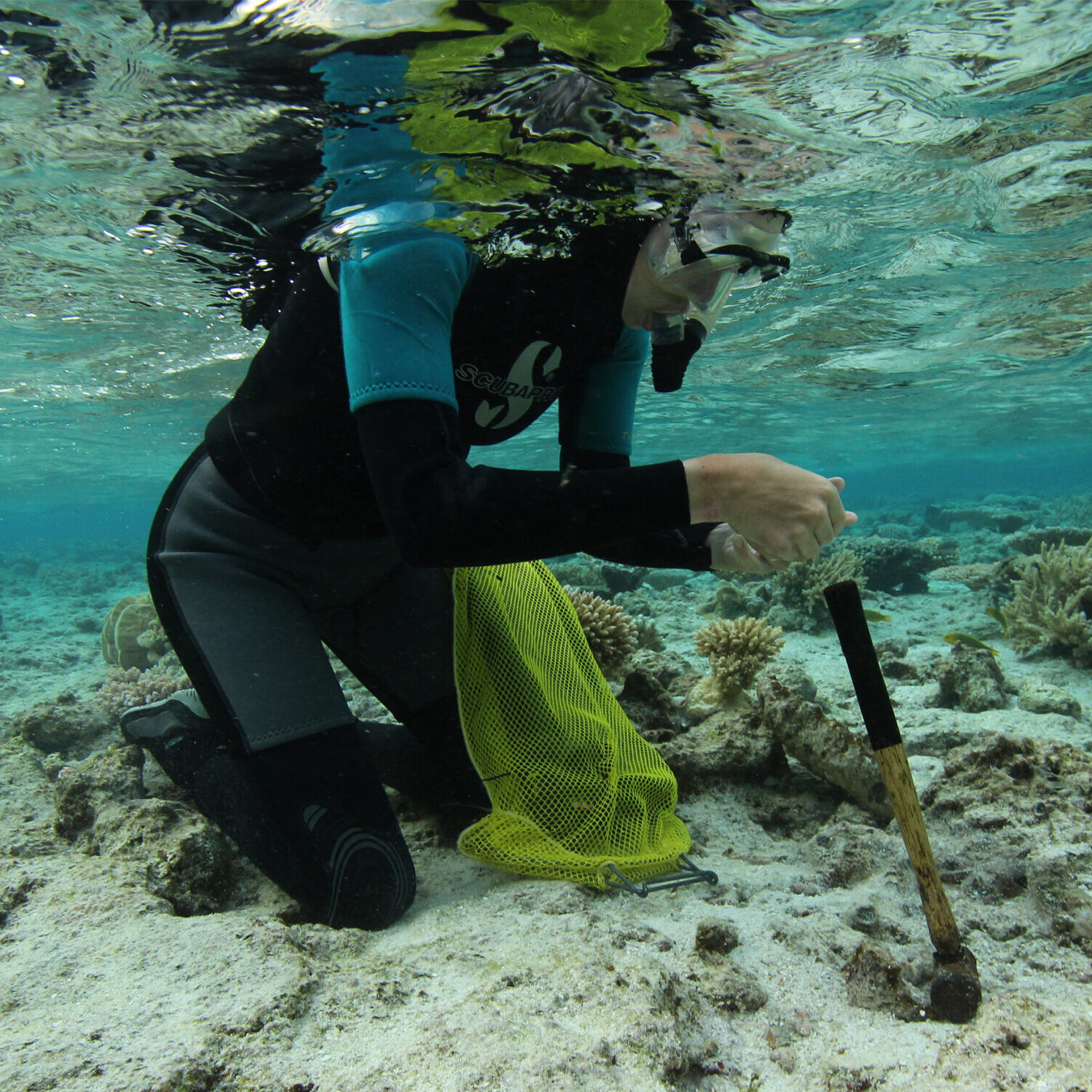

Dr. Jenna Moore
Jenna Moore completed her doctoral degree at the University of Florida (USA) in December 2019, focusing on the evolution and systematics of marine annelids. She received an NSF Postdoctoral Fellowship in 2020 and worked on morphological evolution in marine annelids at the Dauphin Island Sea Lab (USA). She joined the LIB in early 2022 as curator and head of Section Annelida. Her research interests are the evolution of form and function, systematics, taxonomy, and biogeography of marine invertebrates, particularly marine annelids. Her taxonomic focus is marine annelida, particularly the family Chaetopteridae, but this is expanding to other marine annelid clades. She uses modern imaging and molecular techniques to accelerate biodiversity discovery, characterize species, reconstruct their evolutionary histories, and understand connectivity in the marine realm. She is particularly interested in the unknown species from shallow-water marine environments, but has also participated in ship-based work in the Antarctic and subtropics. She has extensive experience with field macrophotography, tissue sampling, preservation, and rapid museum accessioning of all marine macroinvertebrate groups to create a comprehensive record of species diversity and to make biodiversity data open and accessible.
LIB Bonn 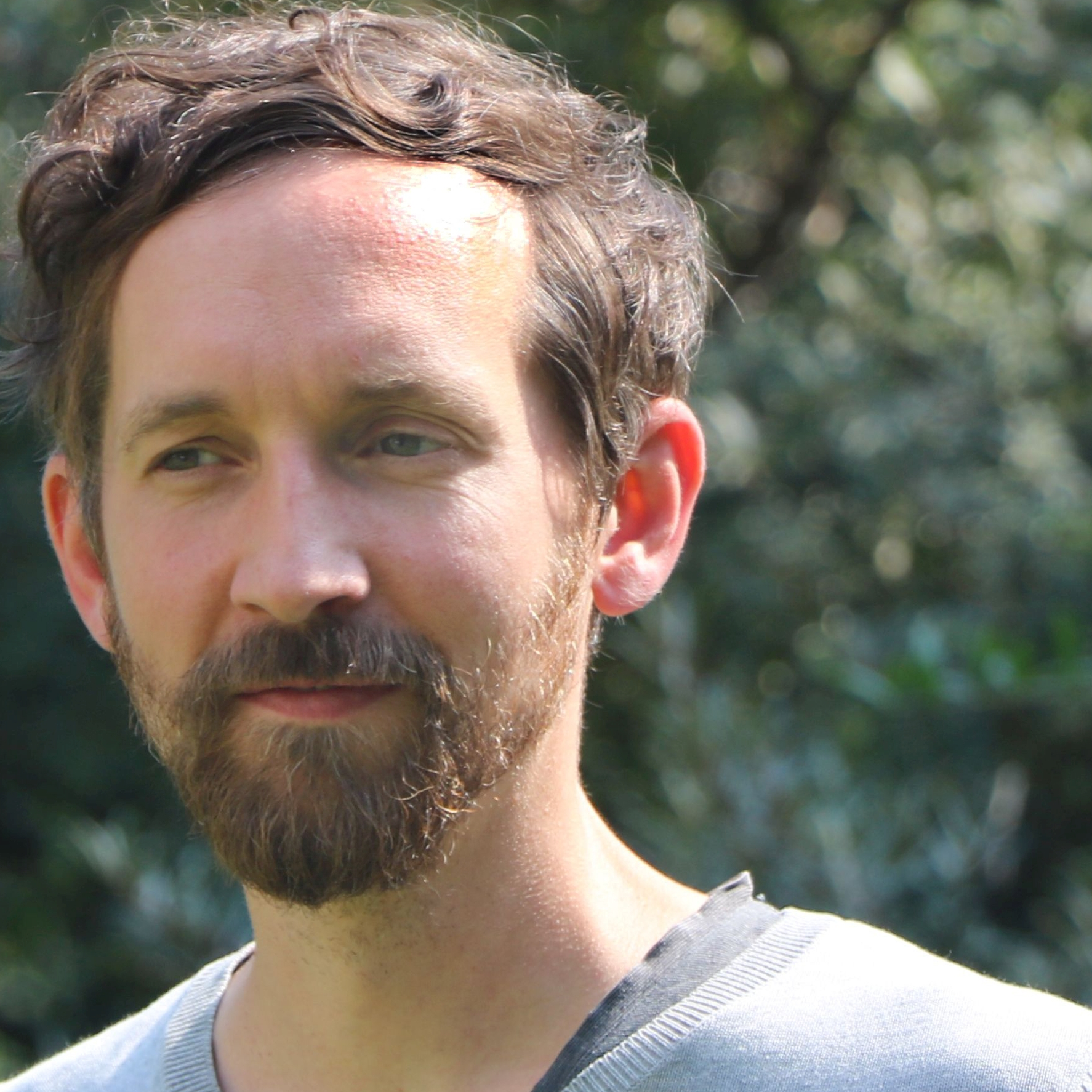

Dr. Ralph S. Peters
Ralph S. Peters is a research PI, an entomologist and a curator. He earned his PhD at the University of Hamburg; in 2011 he joined the Museum Koenig Bonn, Leibniz Institute for the Analysis of Biodiversity Change. His main interests are the taxonomy, biology and evolutionary history of the Hymenoptera, with a focus on parasitoid wasps. He tackles these research interests with an interdisciplinary and integrative approach, using morphology, behaviour and field biology, DNA barcoding, taxonomics, phylogenomics and comparative genomics. He is also curating a large scientific insect collection at Museum Koenig Bonn and actively contributes to the museum’s public outreach and knowledge transfer. As part of his research, he was co-coordinating the 1KITE project on insect evolution, and currently leads the project GBOL III: Dark Taxa, a biodiversity discovery and DNA barcoding initiative focusing on understudied megadiverse insect taxa in Central Europe.
LIB Bonn 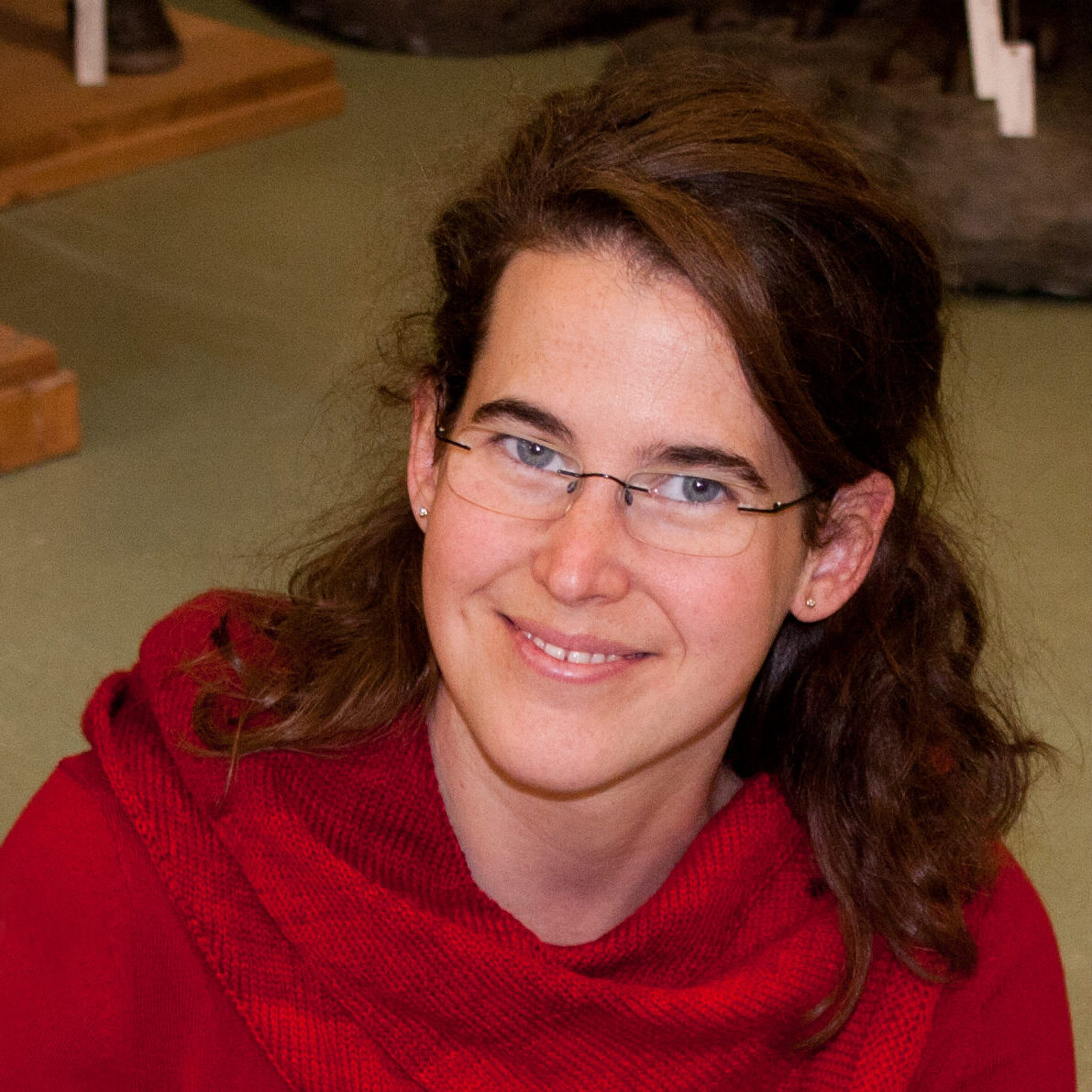

Dr. Vera Rduch
Vera Rduch has been working for the German Barcode of Life (GBOL) project at the Leibniz Institute for the Analysis of Biodiversity Change - Museum Koenig Bonn since 2014. At the beginning of 2019, she took on the role of Central Coordinator of the GBOL consortium. She was and is thus decisively involved in the development and successful implementation of GBOL III: Dark Taxa. In this project, a barcoding and biodiversity initiative, the expansion of the DNA barcode reference library, research of dark taxa (selected groups of parasitoid wasps and nematoceran Diptera) and the training of a new generation of taxonomists are being tackled in an interdependent manner. Vera Rduch completed her dissertation on ‘Ecology and Population Status of the Puku Antelope (Kobus vardonii) in Zambia’ at the LIB - Museum Koenig Bonn in 2013, which was honoured with the Alexander Koenig Gesellschaft Dissertation Prize in 2014. As a passionate mammalogist focussing on the biodiversity of bovids, their populations and their ecological interactions in south-central Africa, she has since been involved in research, conservation and environmental education in Zambia - and is also a member of the IUCN SSC Antelope Specialist Group. She is also the author of various books such as monographs and children's books.
LIB Bonn 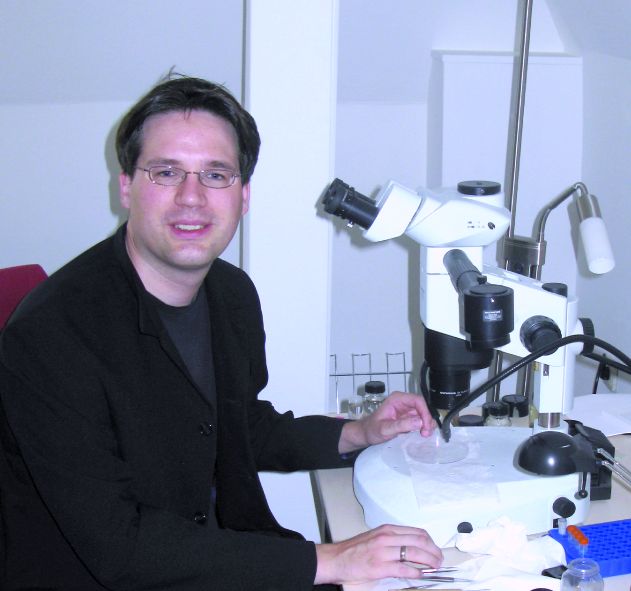

Dr. Thomas Wesener
Thomas Wesener studied at the Ruhr University Bochum, received his PhD in Bonn before completing a postdoc at the Field Musuem, Chicago, 2008-2010. Since 2011 he is curator for Myriapoda at the Museum Koenig, Bonn, Leibniz Institute for the Analysis of Biodiversity Change. He is an expert on the taxonomy, morphology and phylogeny of millipedes, with a special focus on Diplopoda. He is currently the only full-time curator for Myriapoda in Germany. He is particularly interested in microendemites and millipedes in caves. His research approach is integrative and combines genetic data, micro CT scans and classical taxonomy.
LIB Bonn 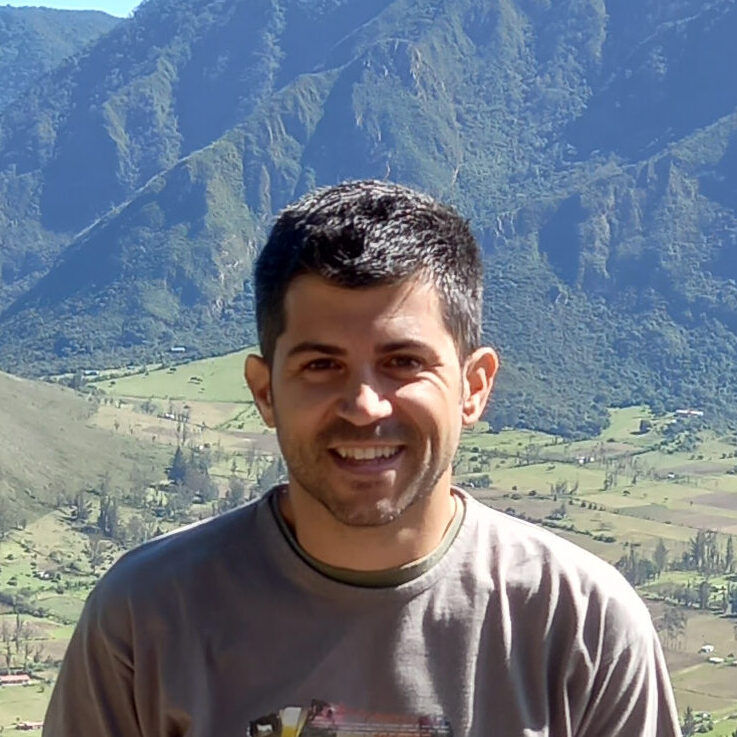

Dr. Ximo Mengual
Ximo Mengual earned his PhD at the University of Alicante in 2008. After a postdoc at the National Museum of Natural History (Washington, D.C.), he worked for the U.S. Department of Agriculture before joining the Museum Koenig Bonn, Leibniz Institute for the Analysis of Biodiversity Change, in 2012, where he is the curator of the Diptera collection and the Head of the Diptera Section. His research as entomologist and phylogenetist focuses on the biology, evolutionary history and taxonomy of true flies (Diptera) with specific emphasis on the world-wide family Syrphidae, commonly known as Flower flies or Hoverflies. Additionally, he is interested on the ecology and the larval feeding modes of flower flies to explore possible evolutionary scenarios for these extremely diverse flies. In his research he uses an integrative approach and combines morphology, ecology, DNA barcoding, phylogenomics and comparative genomics.
LIB Hamburg 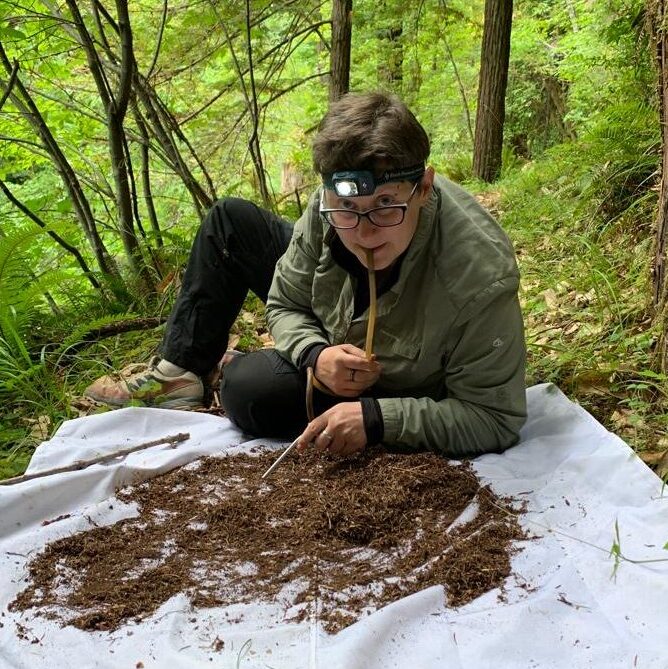

Dr. Dagmara Żyła
Dagmara Żyła finished her PhD at the University of Silesia in Poland in 2013. She later started her first postdoc at the Natural History Museum of Denmark where she worked until 2017. In 2018, she was awarded the Marie Skłodowska-Curie Global Fellowship and did her second postdoc at the Iowa State University (USA) and University of Gdańsk (Poland). After that, she was successful in acquiring a grant from the National Science Centre in Poland and she moved to the Museum and Institute of Zoology, Polish Academy of Sciences in 2020 as an Assistant Professor. Dagmara started her work as the Coleoptera Curator and the Head of Coleoptera Section in Museum of Nature Hamburg, Leibniz Institute for the Analysis of Biodiversity Change in October 2021. Her main research group are rove beetles (Staphylinidae) and she studies their phylogeny, evolution, systematics, and taxonomy. Her research combines various methods of systematic research with modern tools in genomics. She focuses on tropical diversity of one of the largest subfamilies of Staphylinidae, Paederinae, but also does research on local rove beetles fauna in Hamburg. Additionally, she integrates information from the past by involving fossil record into her studies.

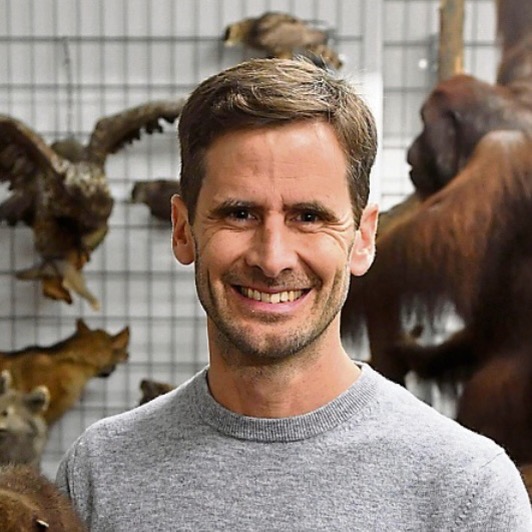
Prof. Dr. Michael Matschiner
Michael Matschiner is Director of the Munich State Zoological Collection (ZSM) - one of the Bavarian State Natural Science Collections (SNSB) - and Professor of Systematic Zoology at the Ludwig Maximilian University of Munich. Michael Matschiner completed his doctorate in 2011 at the University of Basel (Switzerland) on the evolution of Antarctic fishes, followed by postdoctoral stays at the University of Canterbury (New Zealand), the University of Oslo (Norway), and the Universities of Basel and Zurich (Switzerland). Before joining the ZSM in December 2024, Michael Matschiner was Associate Professor at the Natural History Museum Oslo, where he curated the ichthyology collection. His research investigates the evolution of biodiversity through adaptive radiations, such as those of cichlids in Lake Tanganyika in Africa and Antarctic fishes in the Southern Ocean.

Dr. Michael Raupach
Michael Raupach studied at the Ruhr University Bochum and received his doctorate from the Chair of Special Zoology in 2004 on the topic of "Molecular genetic analysis of biogeography, speciation and biodiversity of the Asellota (Crustacea: Isopoda) of the Antarctic deep sea". Since 2019 he has been the curator of the Hemiptera section at the Zoological State Collection Munich. For many years he has been working on the creation of DNA barcoding libraries for various insect groups, especially for ground beetles. Current research focuses are the systematics and phylogeny of water striders and water bugs.
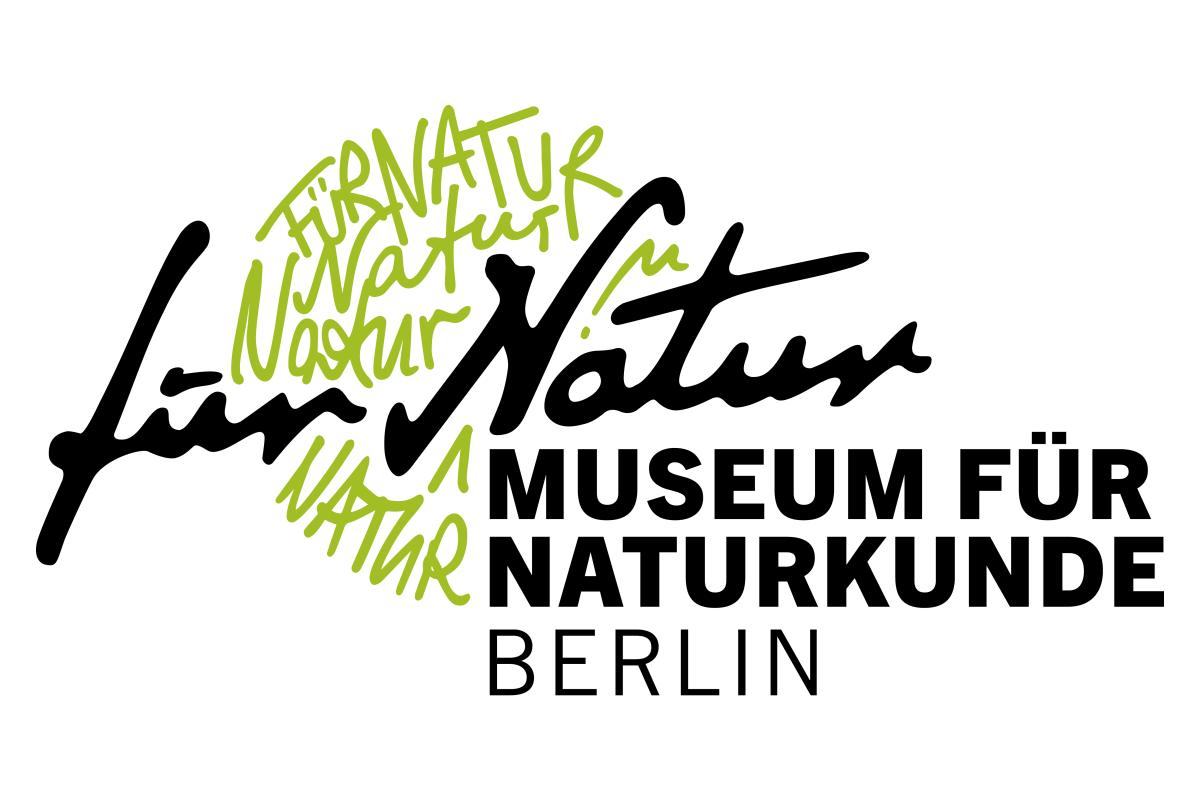

Dr. Amrita Srivathsan
Amrita Srivathsan completed a joint PhD between National University of Singapore and Imperial College London. Afterwards, she continued as a postdoc in the National University of Singapore. In 2021, she started her position in the Museum für Naturkunde, Berlin in the Center for Integrative Biodiversity Discovery. Her research at the MfN focuses on developing user-friendly tools for large scale NGS barcoding projects using Oxford Nanopore and using metagenomics and metabarcoding to characterize species interactions using environmental samples.

Dr. Joshua Peñalba
Joshua Peñalba is an evolutionary biologist focusing on museomics, population genomics, and speciation. He completed his PhD in the Australian National University (Canberra) on comparative hybridization and speciation. He then moved on to do a postdoc at Ludwig Maximillian University (Munich) and worked on recombination rate variation. In 2021, he started his position at the Museum für Naturkunde Berlin in the Center for Integrative Biodiversity Discovery. In the center, he focuses on developing protocols and pipelines to utilize DNA from museum specimens for biodiversity and evolutionary research. His research aims to understand role of geography and the genome in shaping divergence and gene flow during speciation.
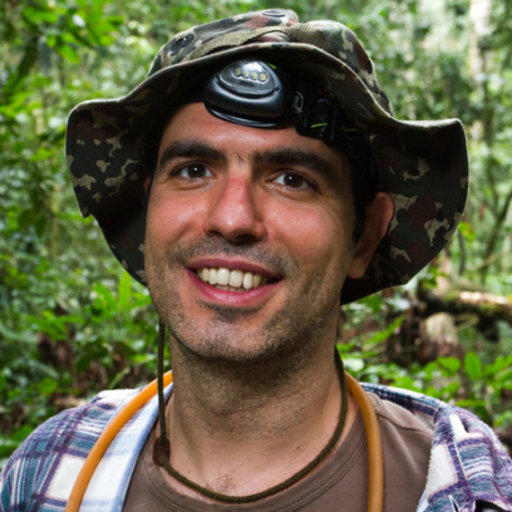
Dr. Francisco Hita Garcia
Francisco Hita Garcia is a systematist interested in the biodiversity and evolution of ants on different spatial and organismal scales. He completed his PhD at the Museum Alexander Koenig and University of Bonn. He then was a postdoctoral fellow at the California Academy of Sciences in San Francisco followed by a position as curator of Invertebrates at the State Museum of Hesse in Darmstadt. He then moved to Japan to work as a staff scientist at the Okinawa Institute of Science and Technology. He returned to Germany and joined the Center for Integrative Biodiversity Discovery at the Museum für Naturkunde Berlin in 2022.

Prof. Dr. Rudolf Meier
Rudolf Meier is the head of the “Center for Innovative Biodiversity Discovery” (CIBD) in the Museum für Naturkunde Berlin. The center focuses on enhancing biodiversity research by creating new methods for expediting species discovery, description, and specimen identification. By employing modern technologies and classical methods, CIBD helps with creating a comprehensive inventory of known and unknown animal species. Through global collaboration and the development of high-throughput workflows, the CIBD hopes to accelerate taxonomy, facilitate biodiversity monitoring, and allow for a holistic study of adaptations and environmental change.
Freelance researcher
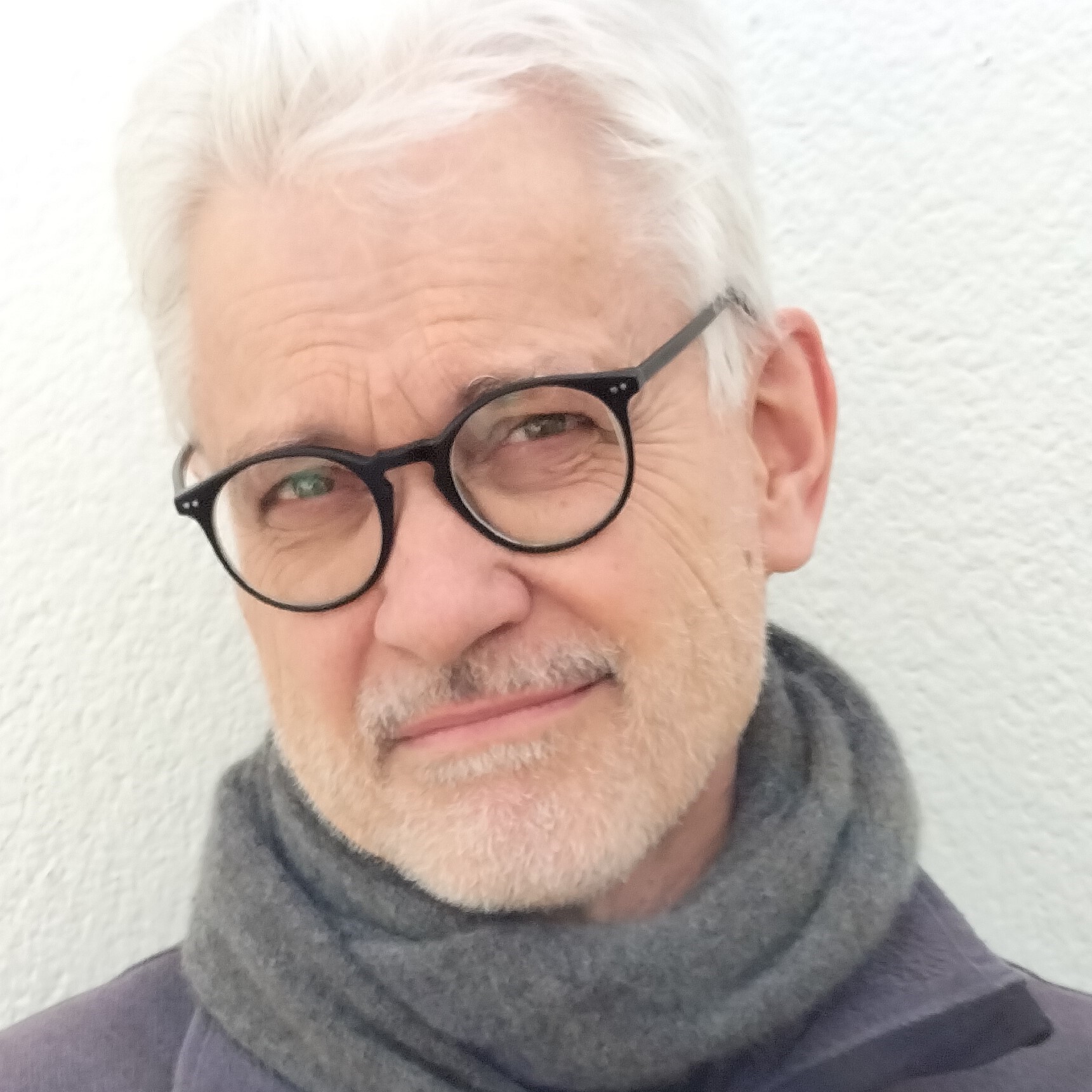
Dr. Rüdiger Schmelz
Rüdiger M. Schmelz is a taxonomic expert of enchytraeids, a familiy of predominantly soil-dwelling small annelid worms. He studied biology and philosophy at the University of Freiburg i. Br. and got his PhD at the University of Osnabrück with a taxonomic revision of the species-rich enchytraeid genus Fridericia. His research focus remains the species diversity of the family Enchytraeidae, including descriptions of new species, revisions, identification keys, and studies on the distribution and aut-ecology of the species. He lives in Spain and works freelance in the framework of soil-ecological projects in Europe.
